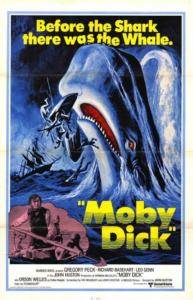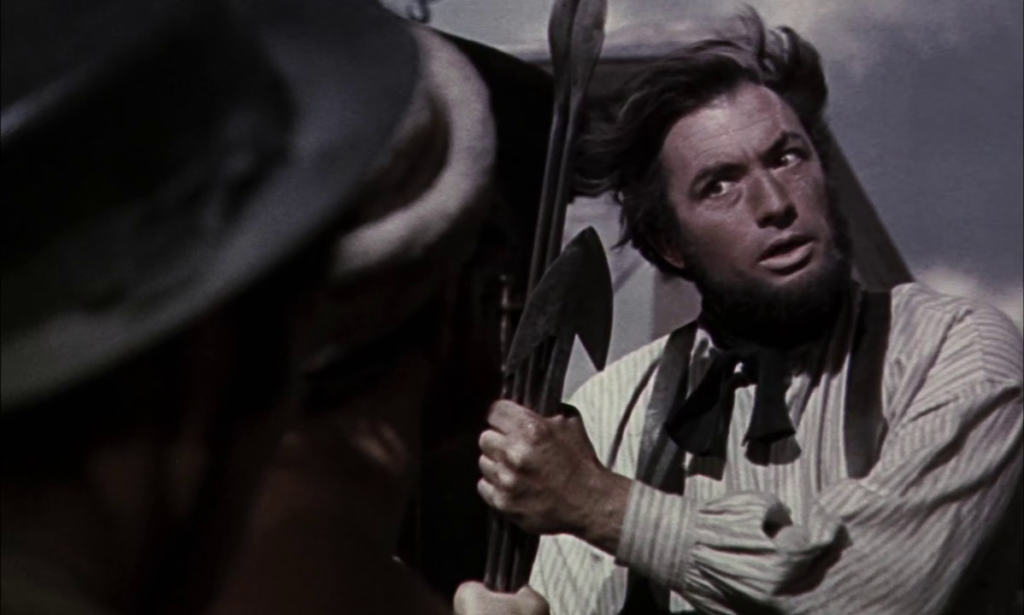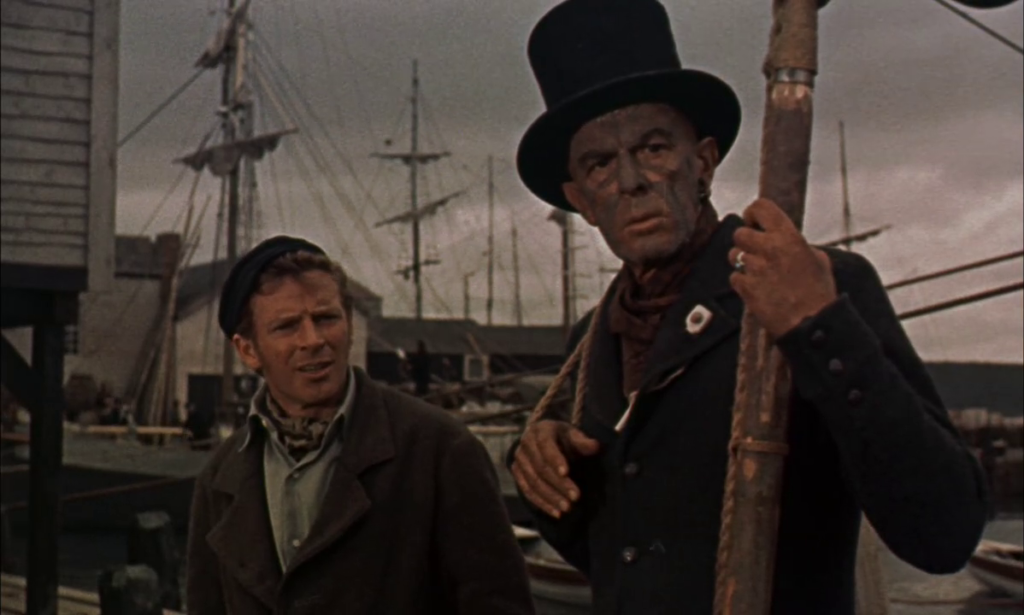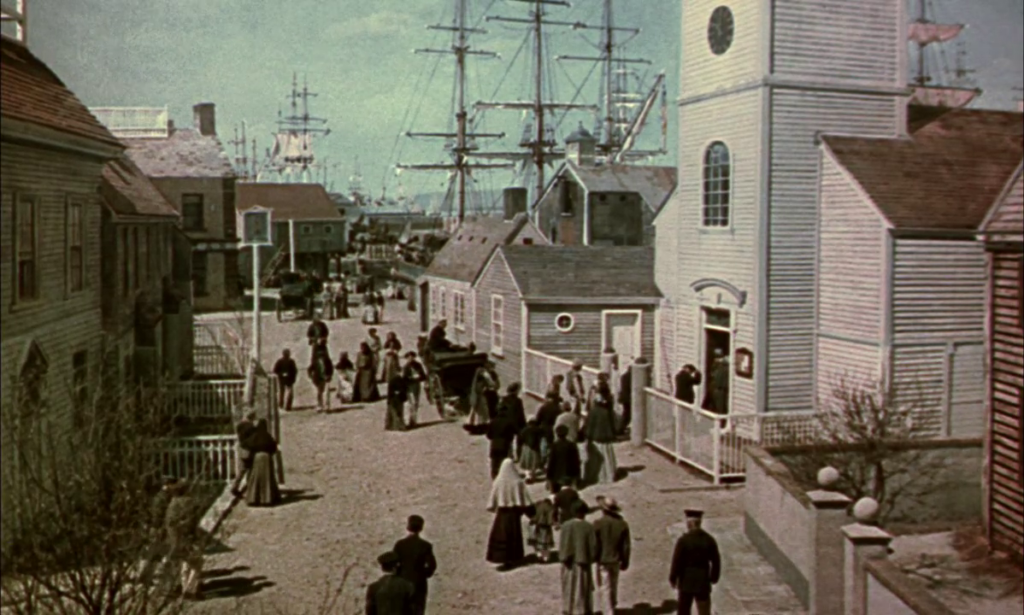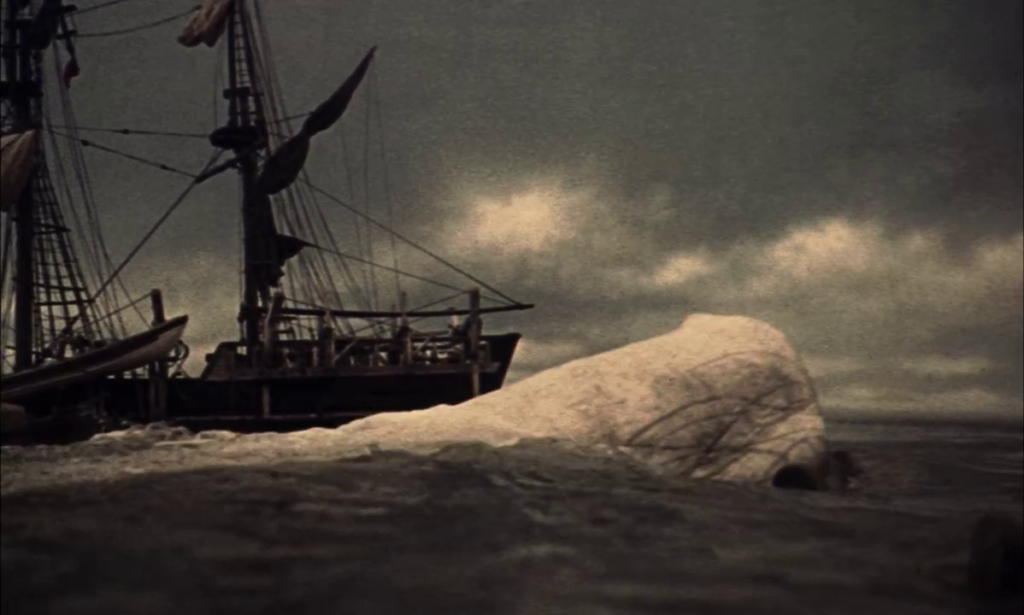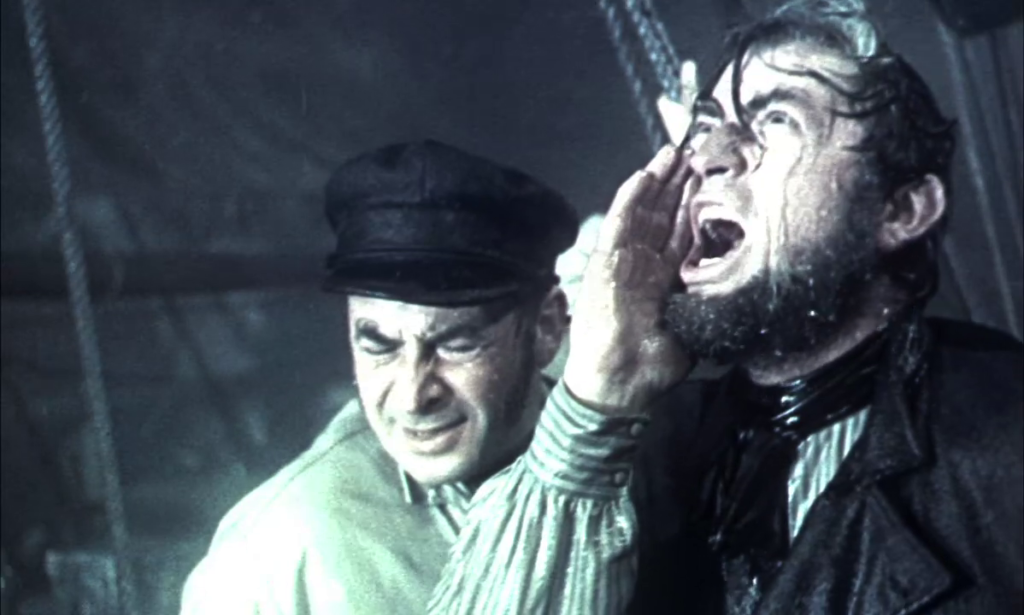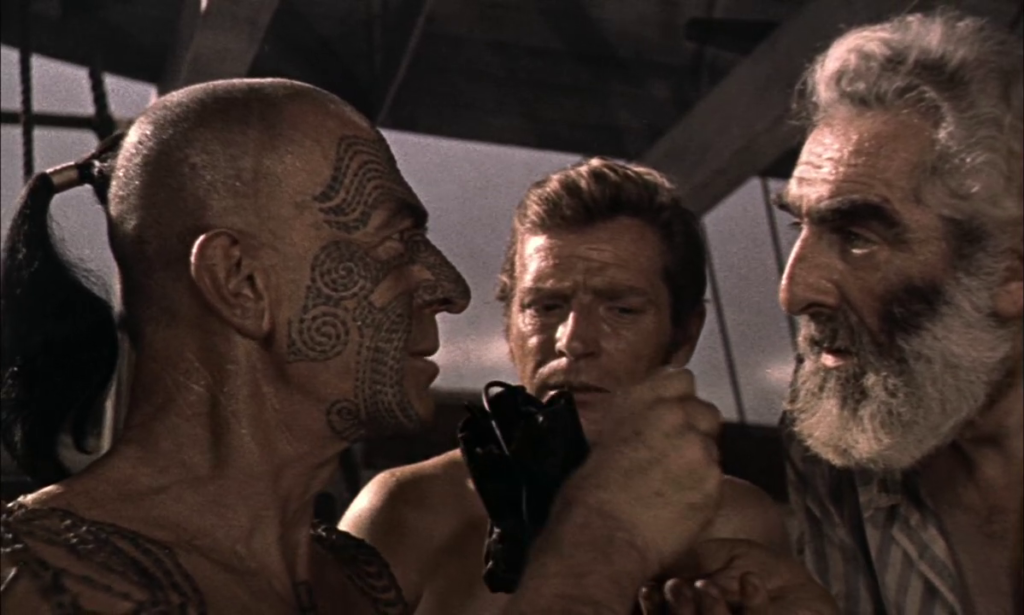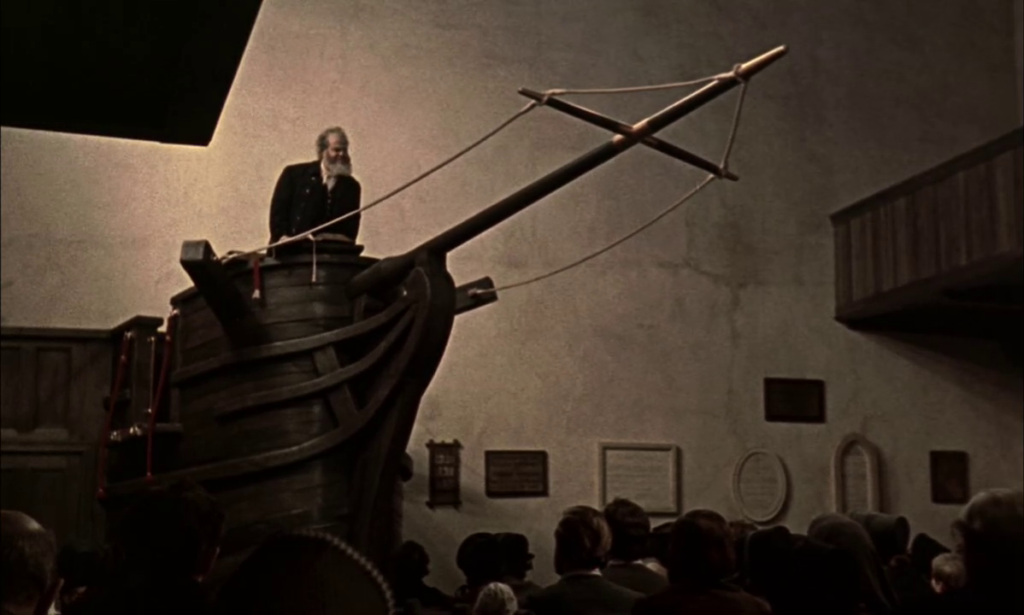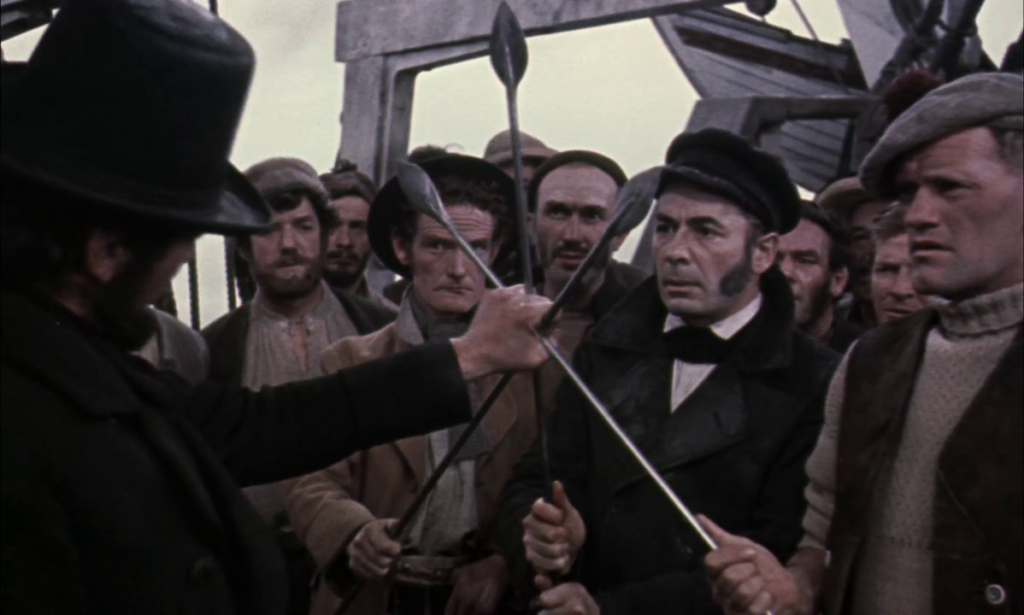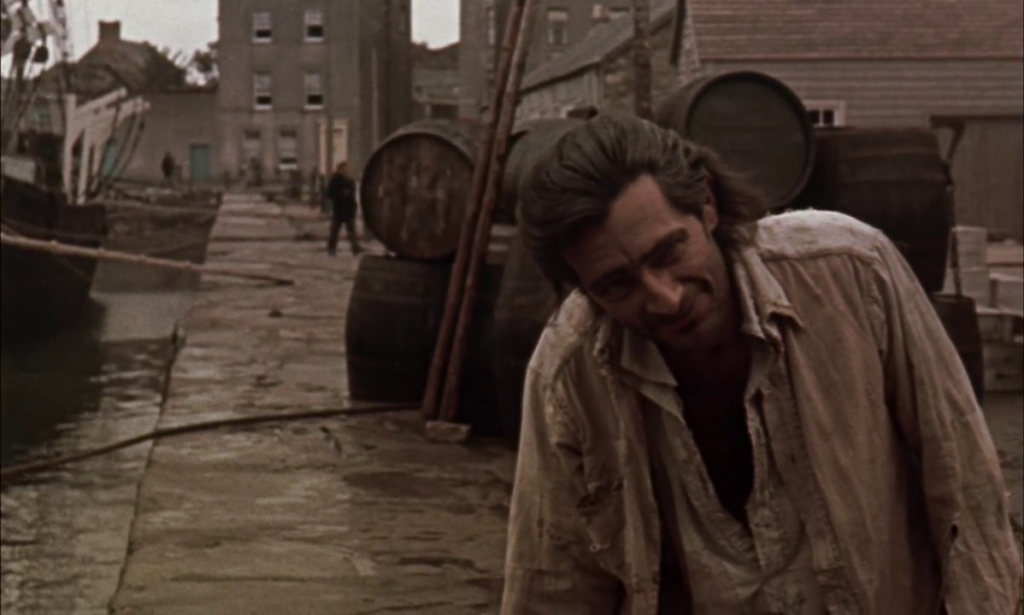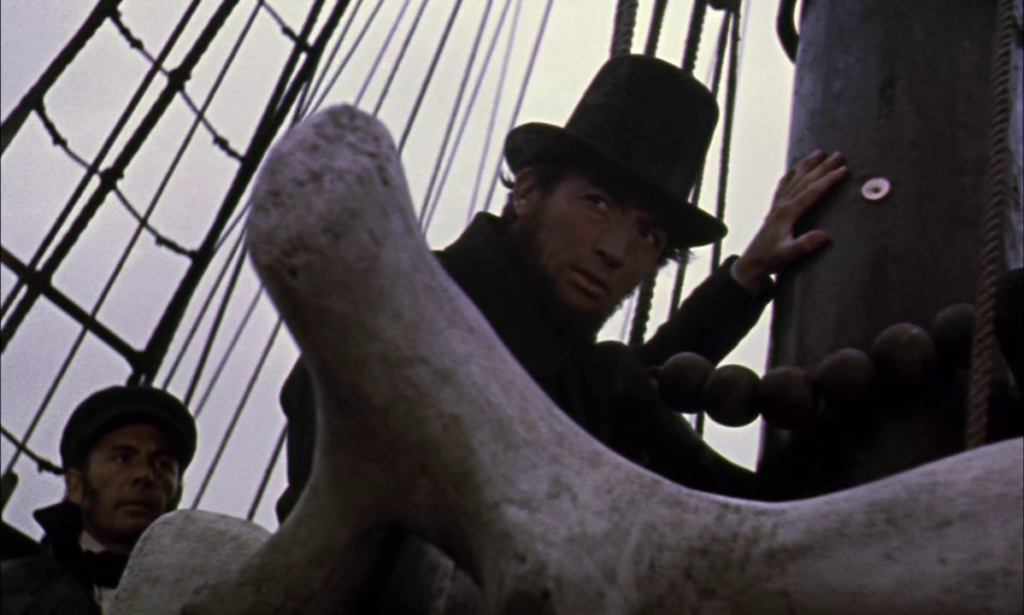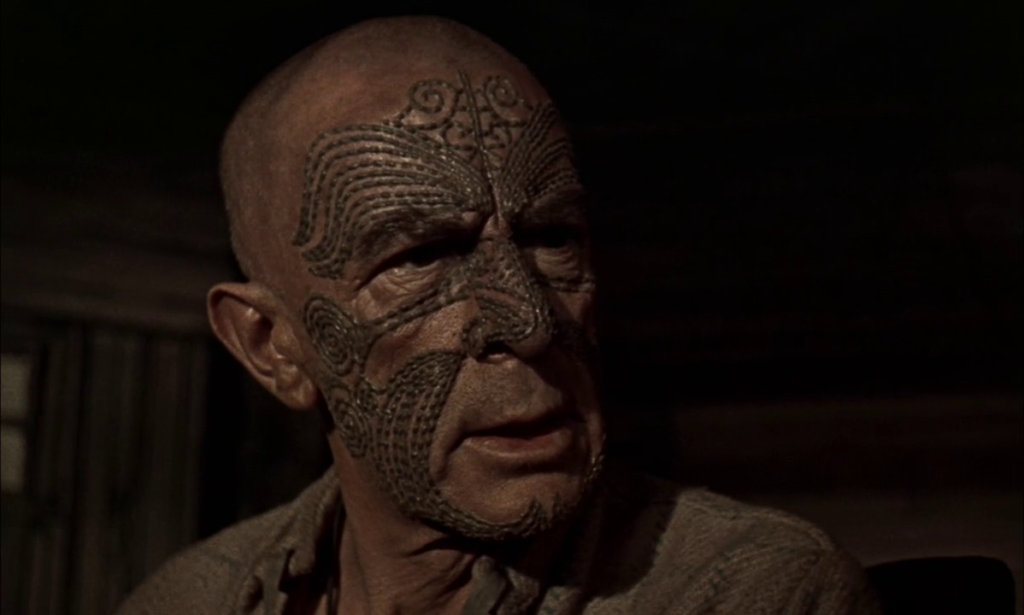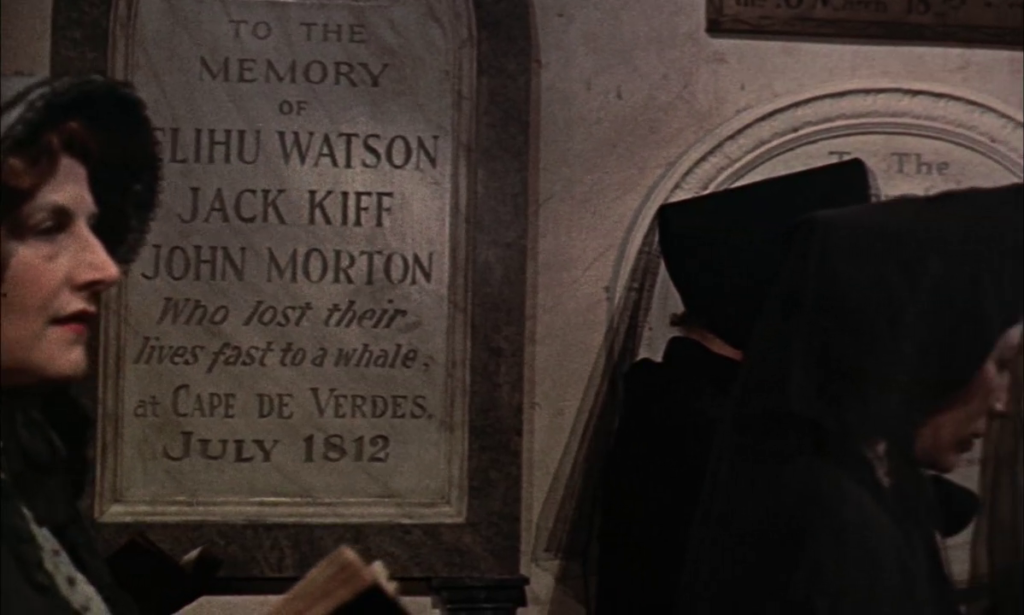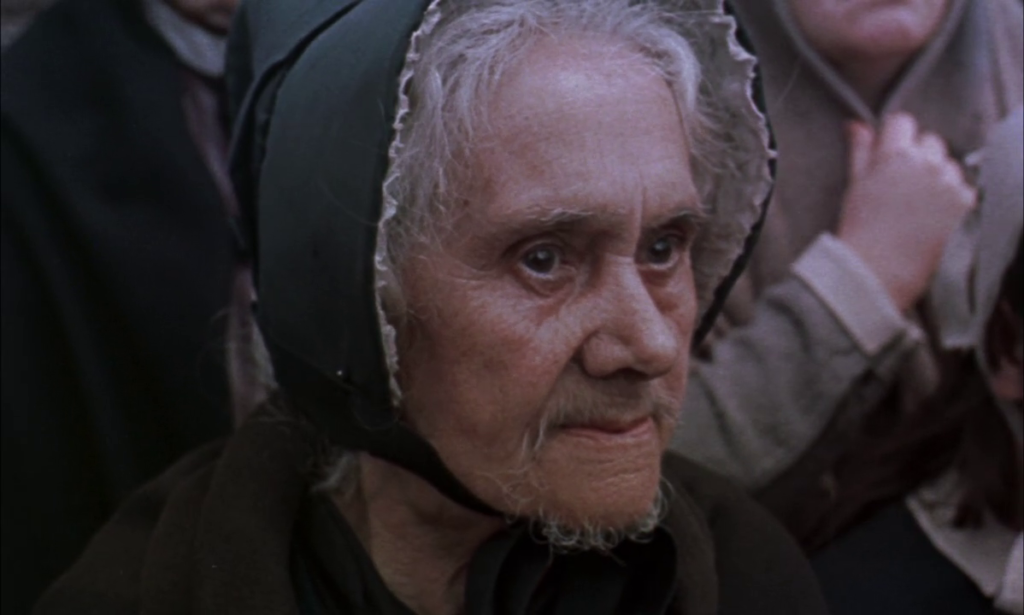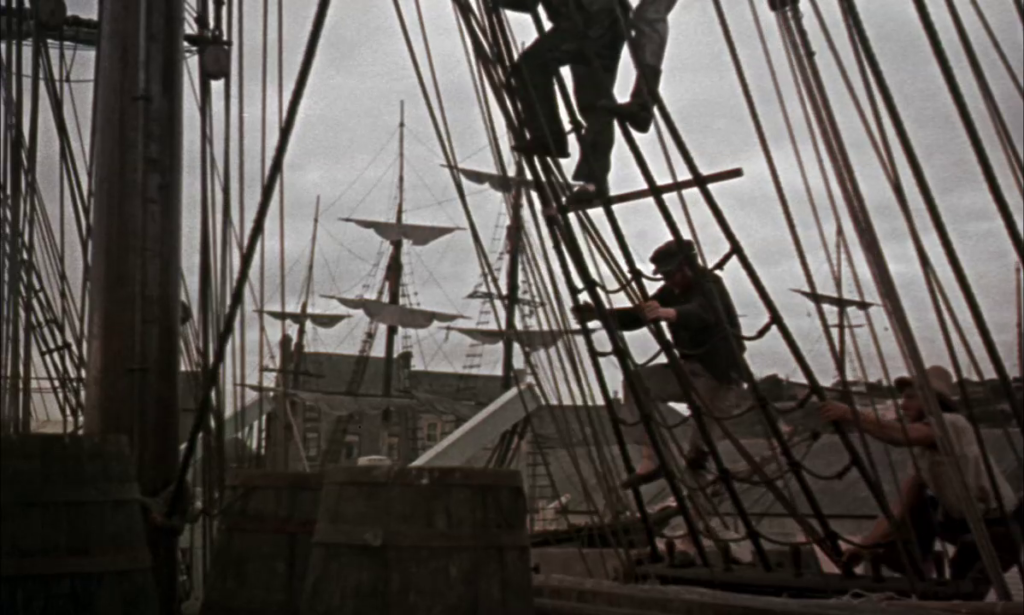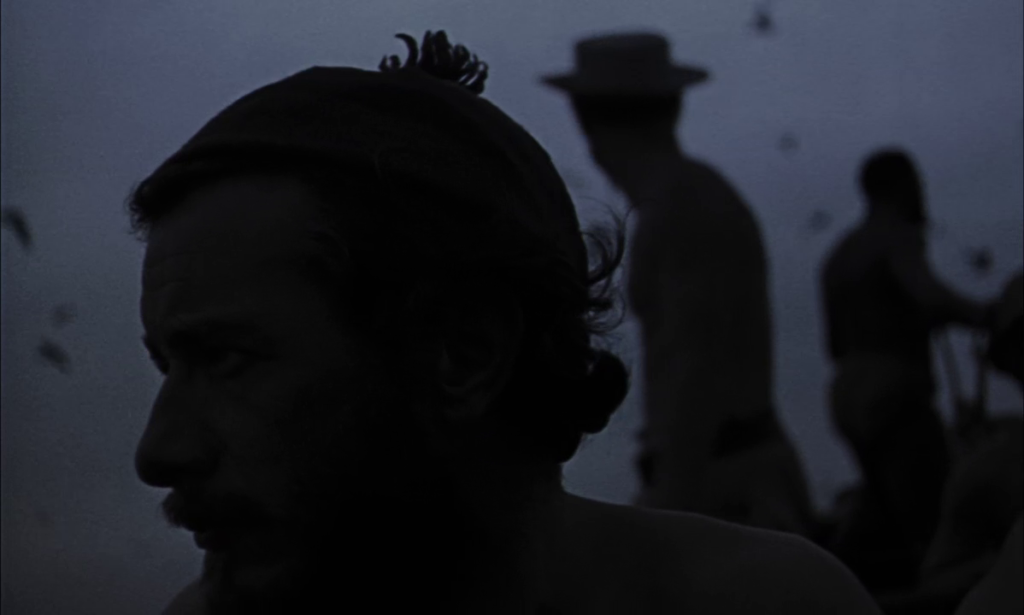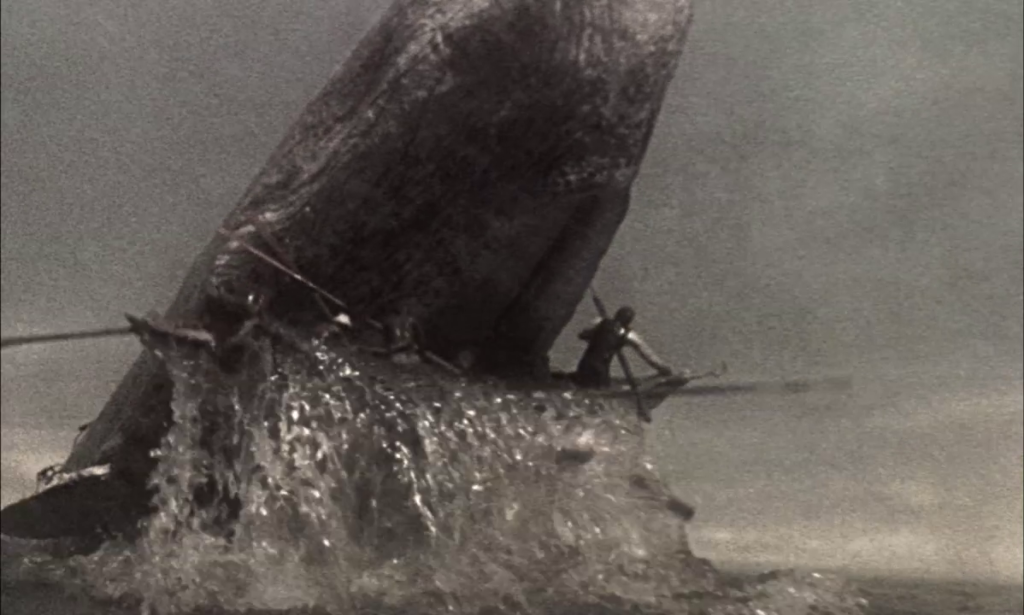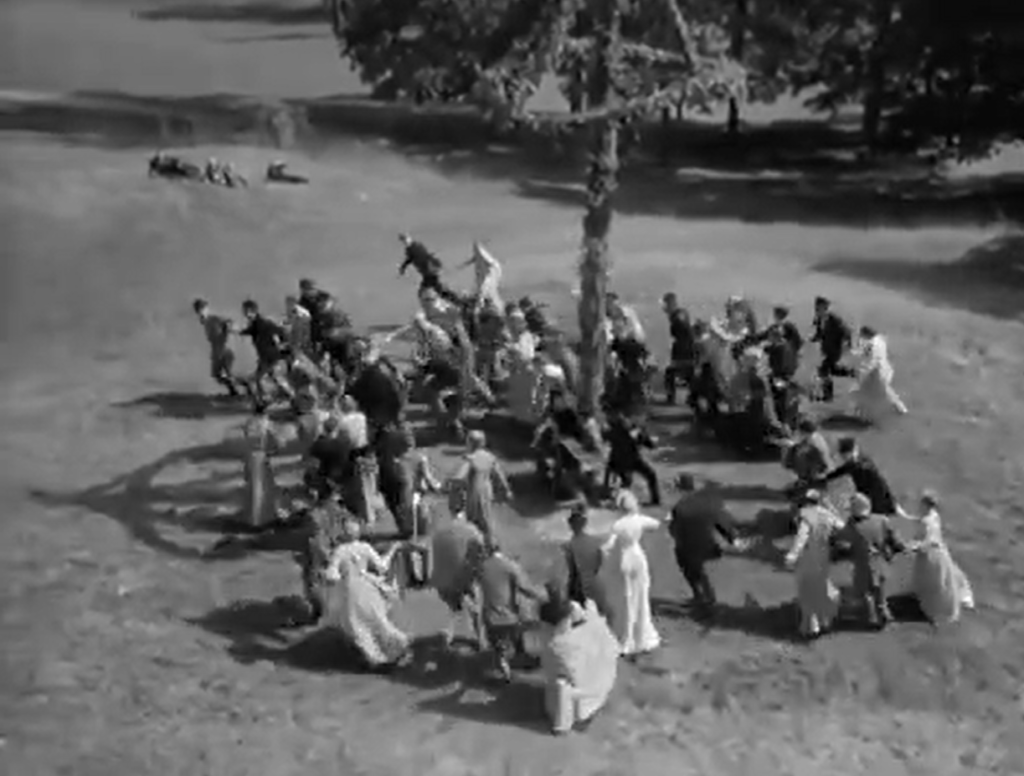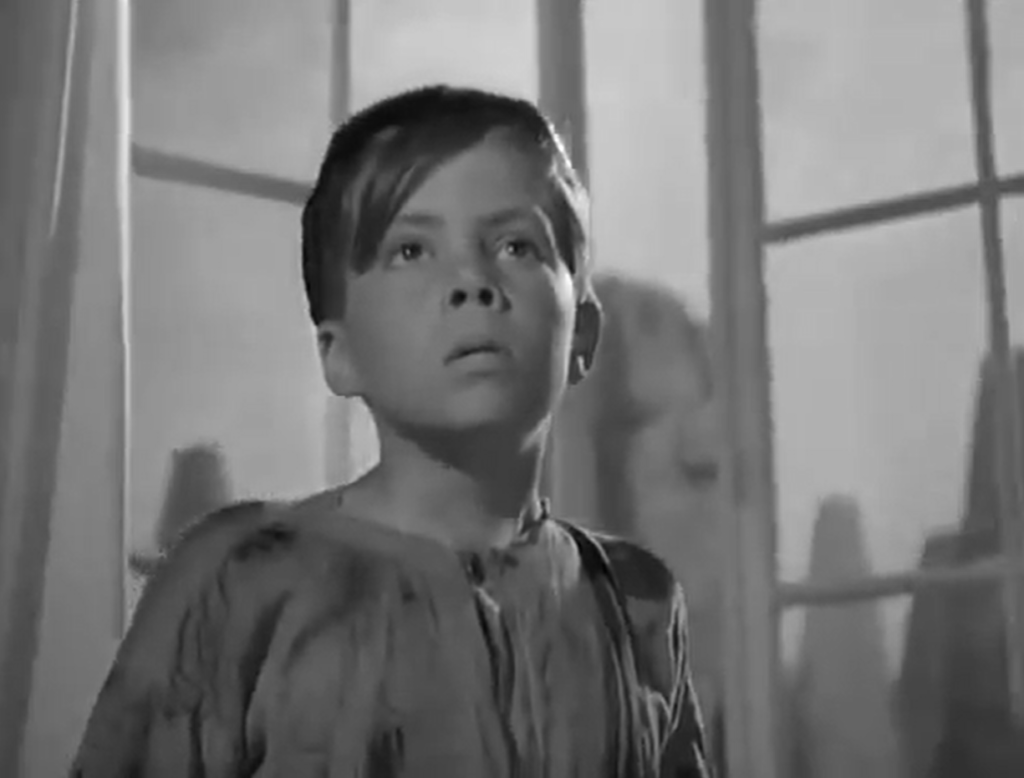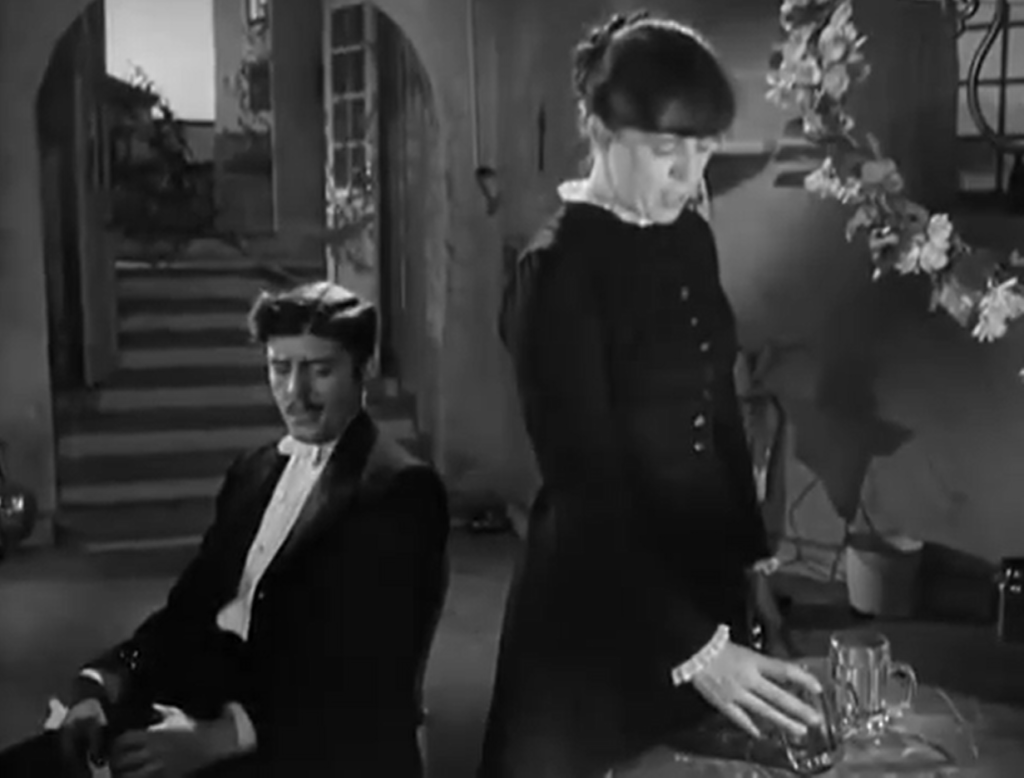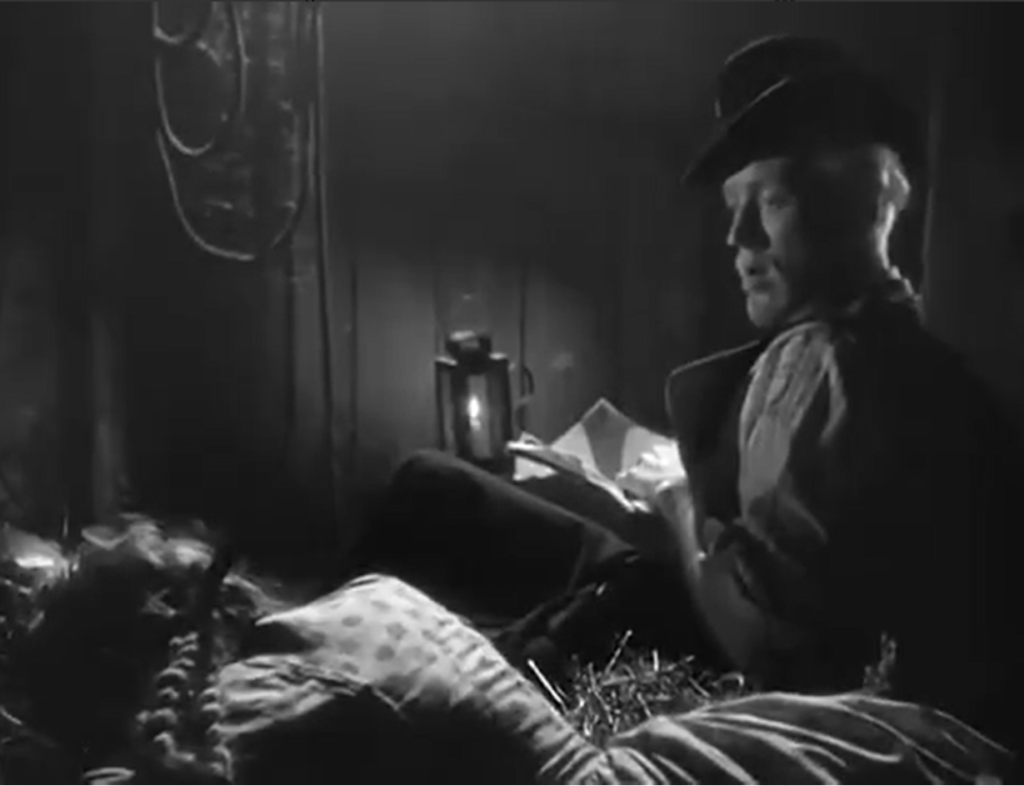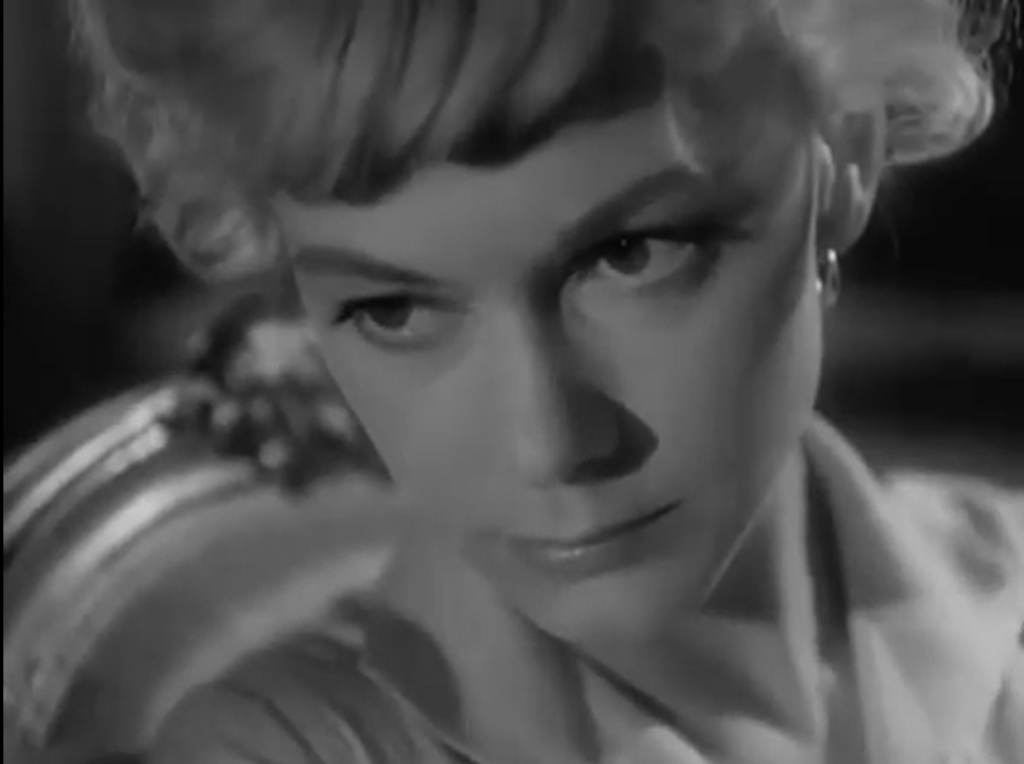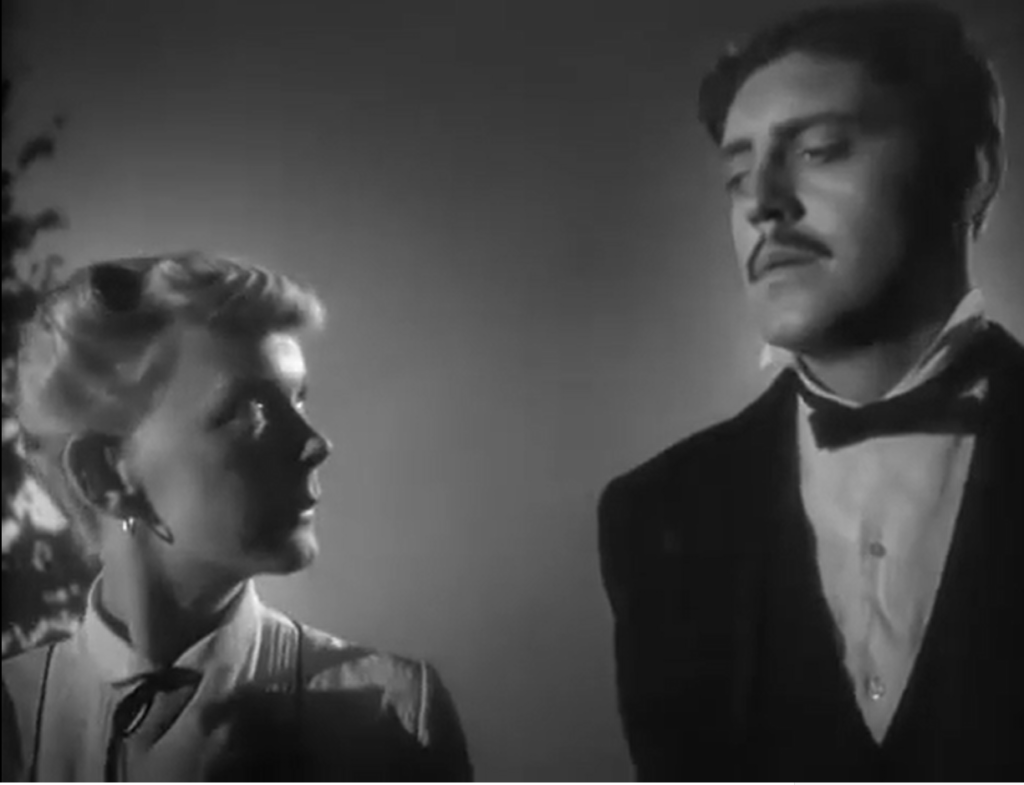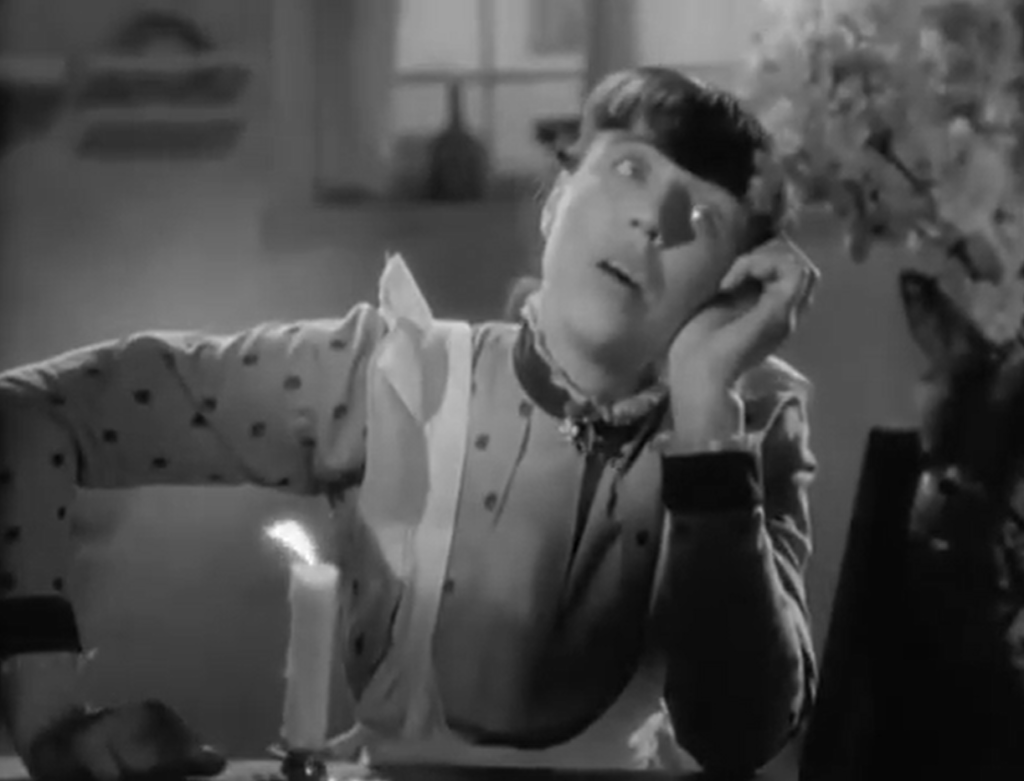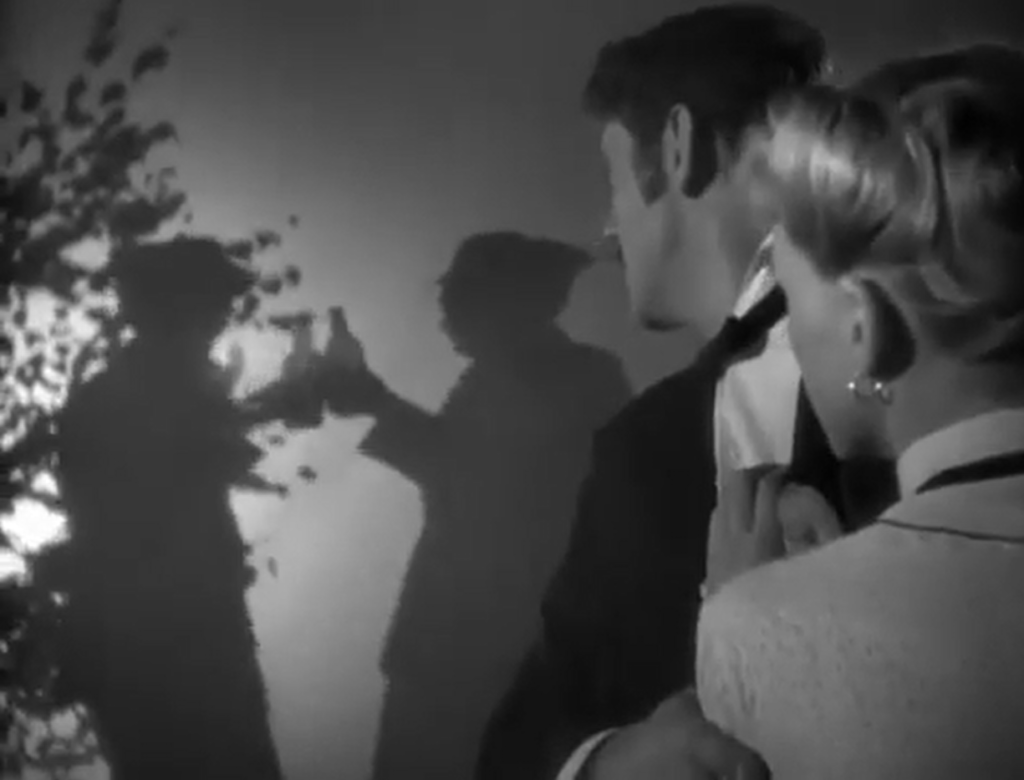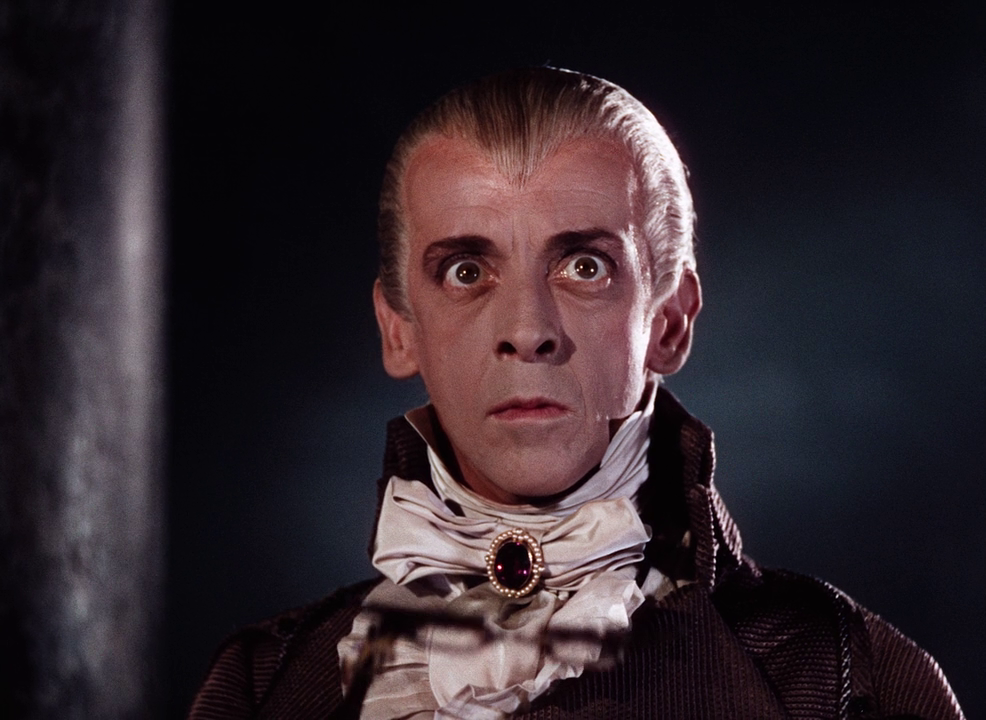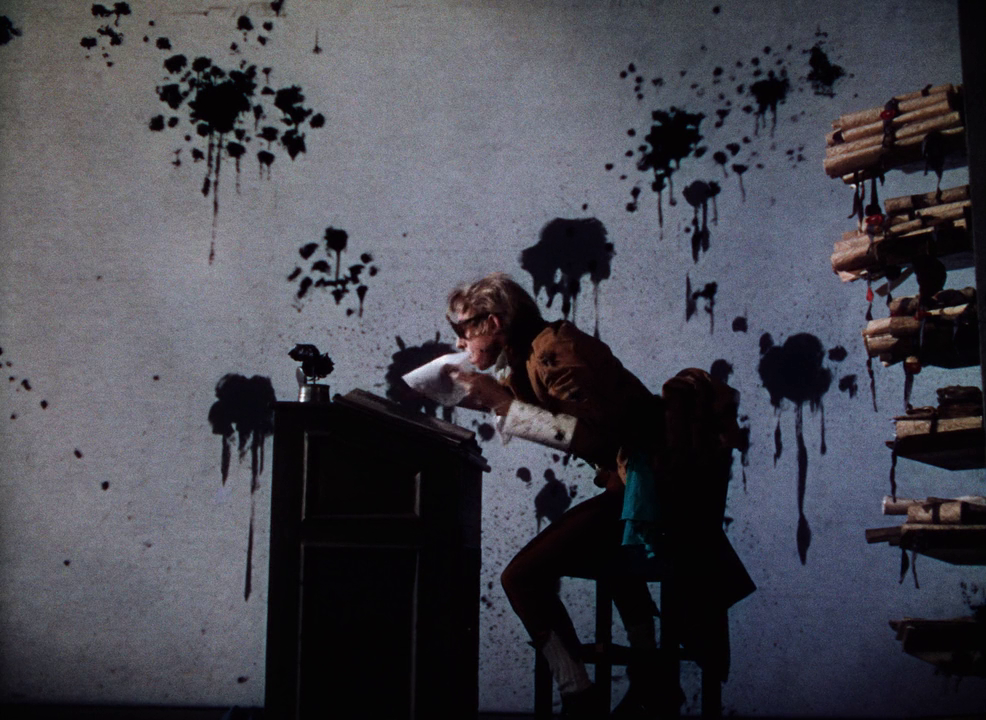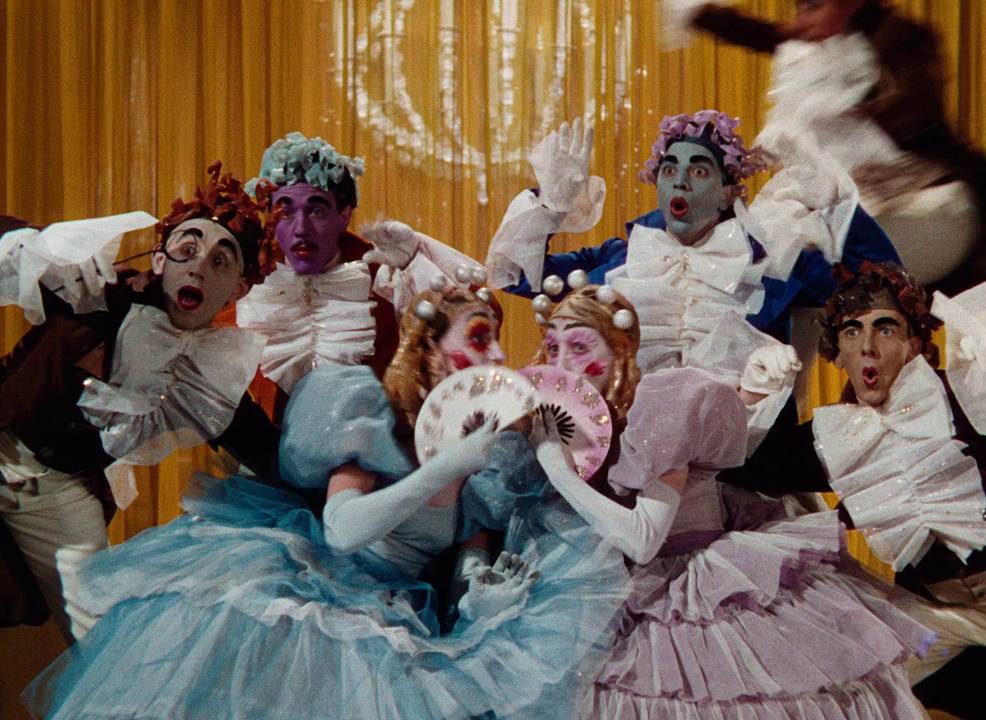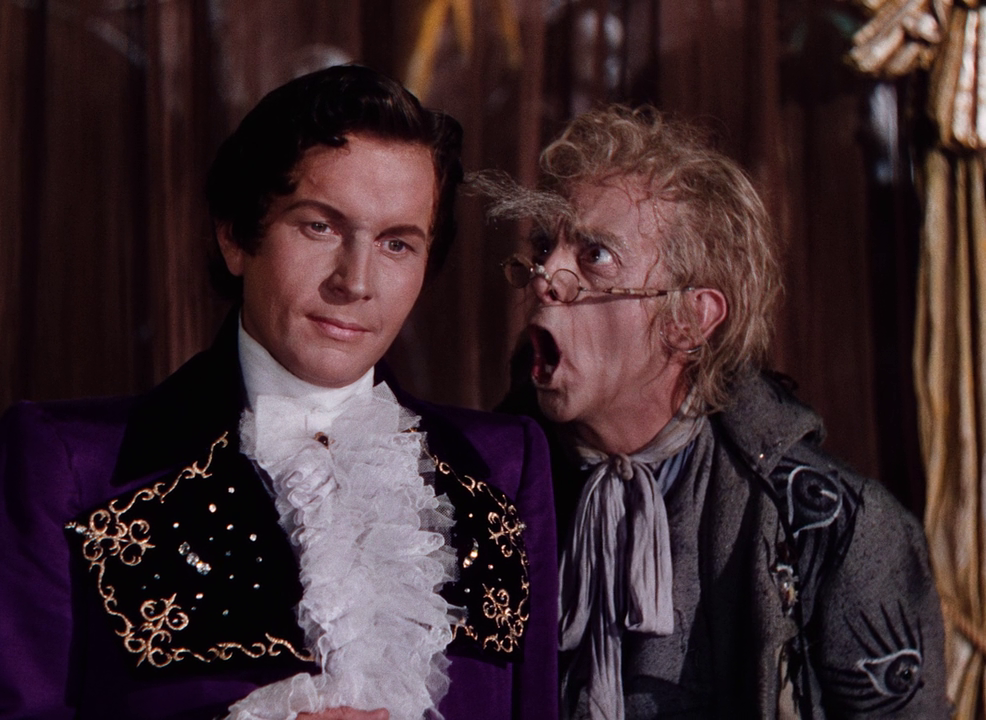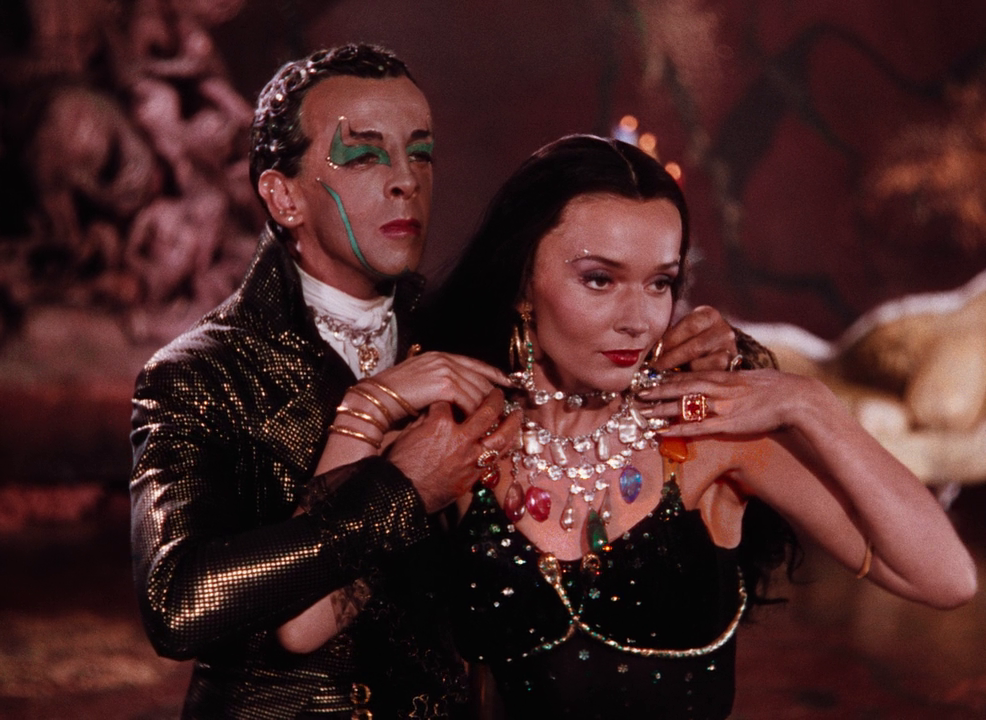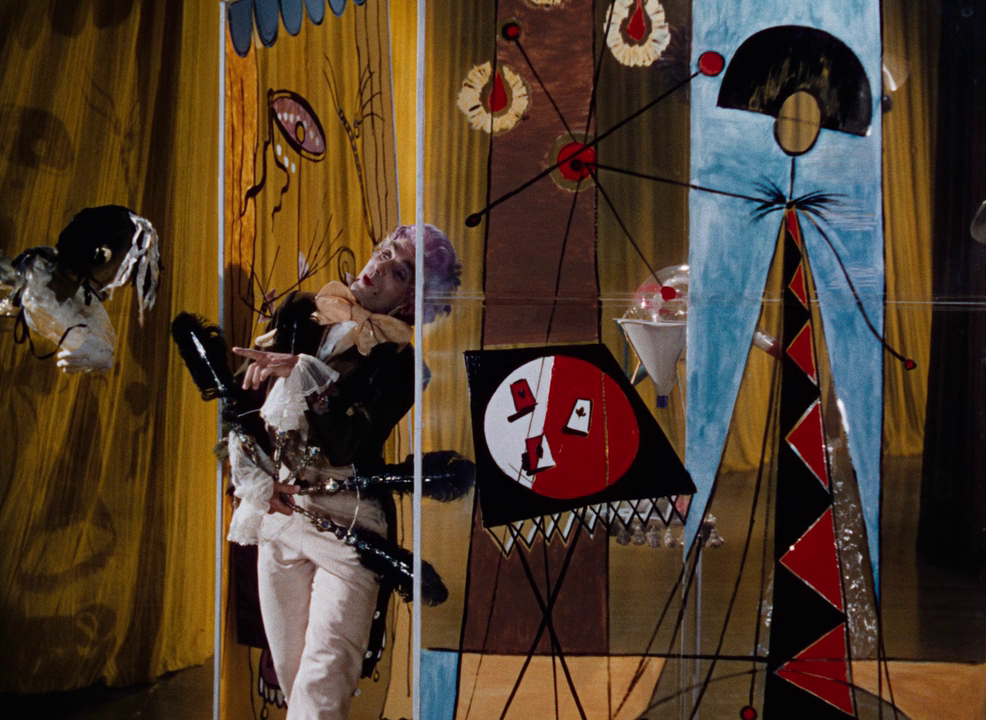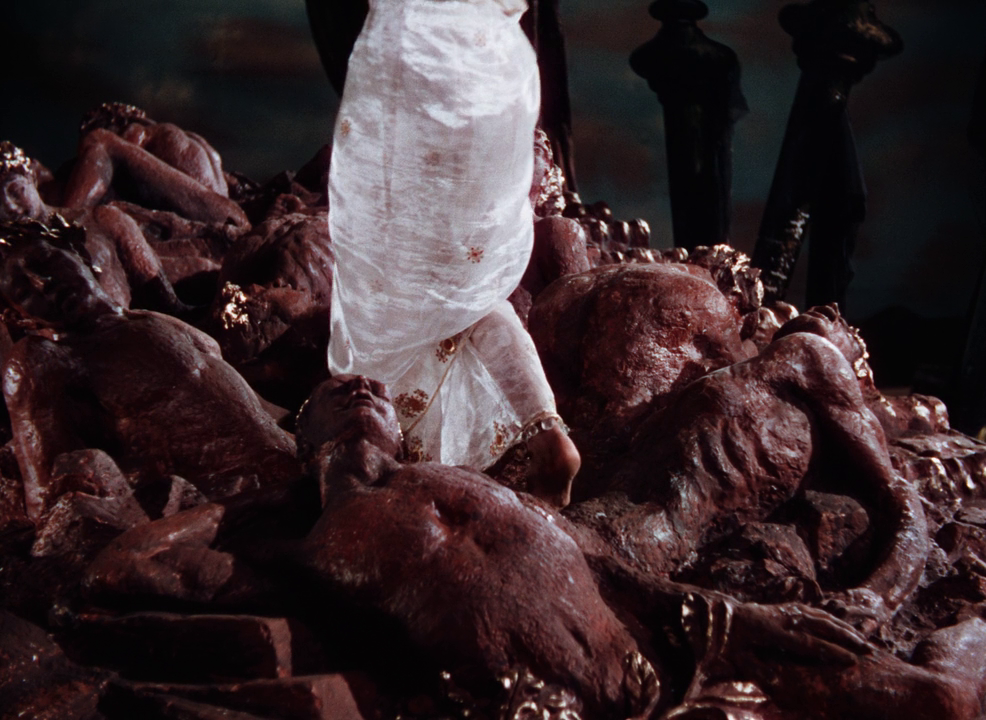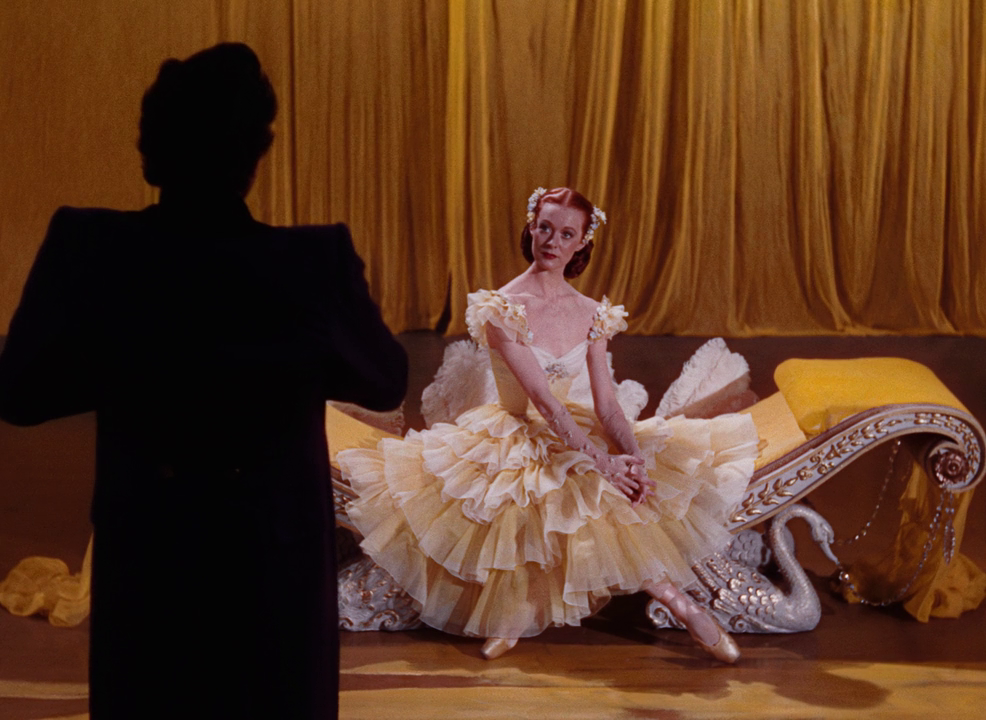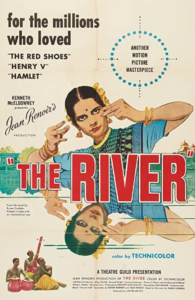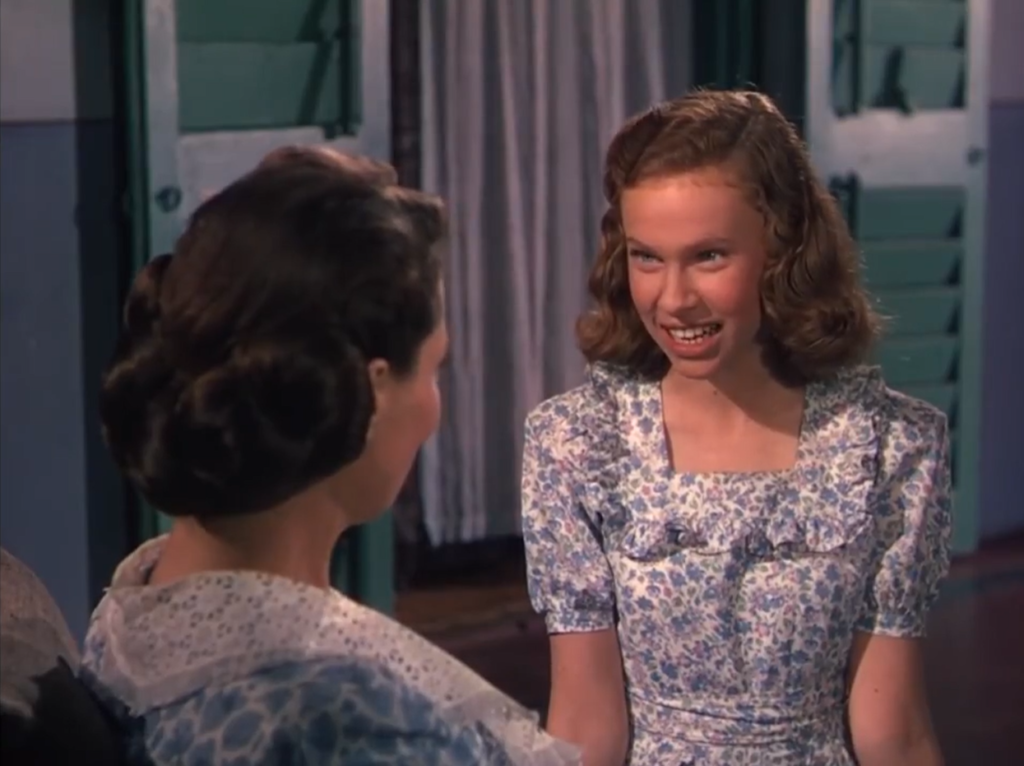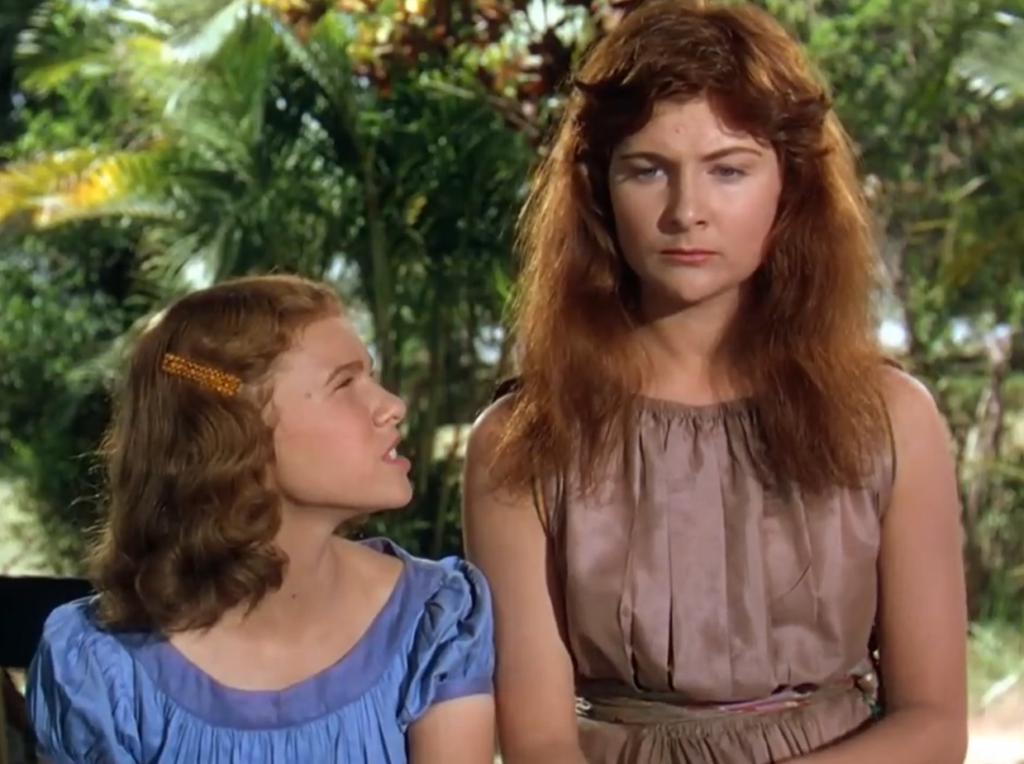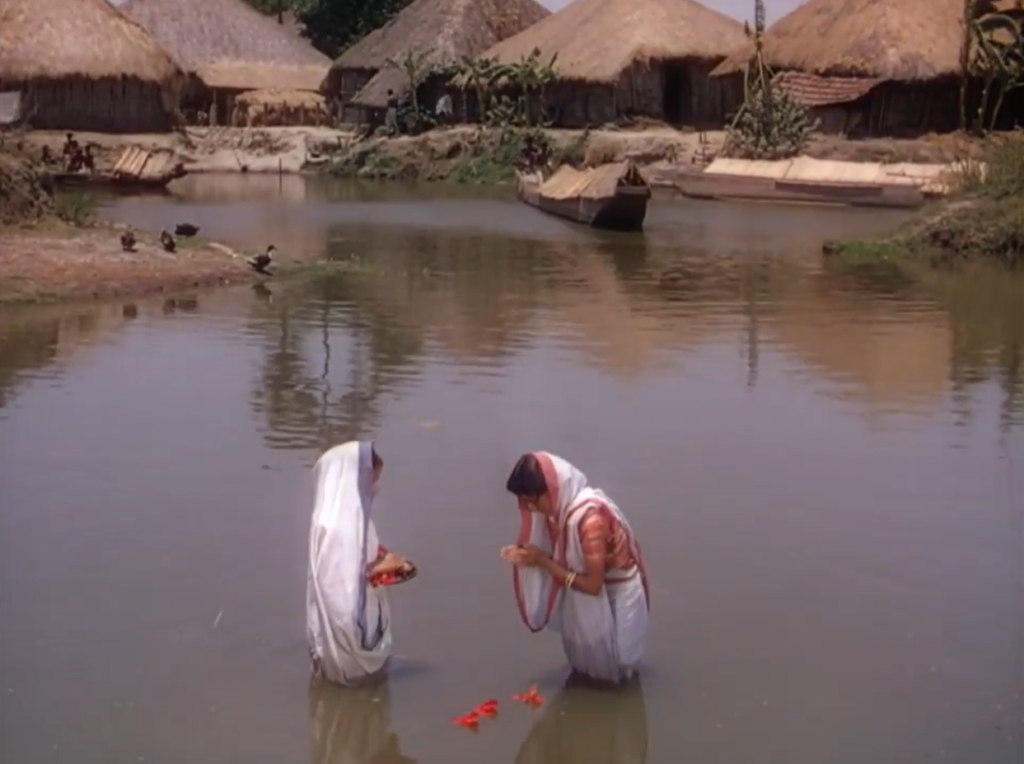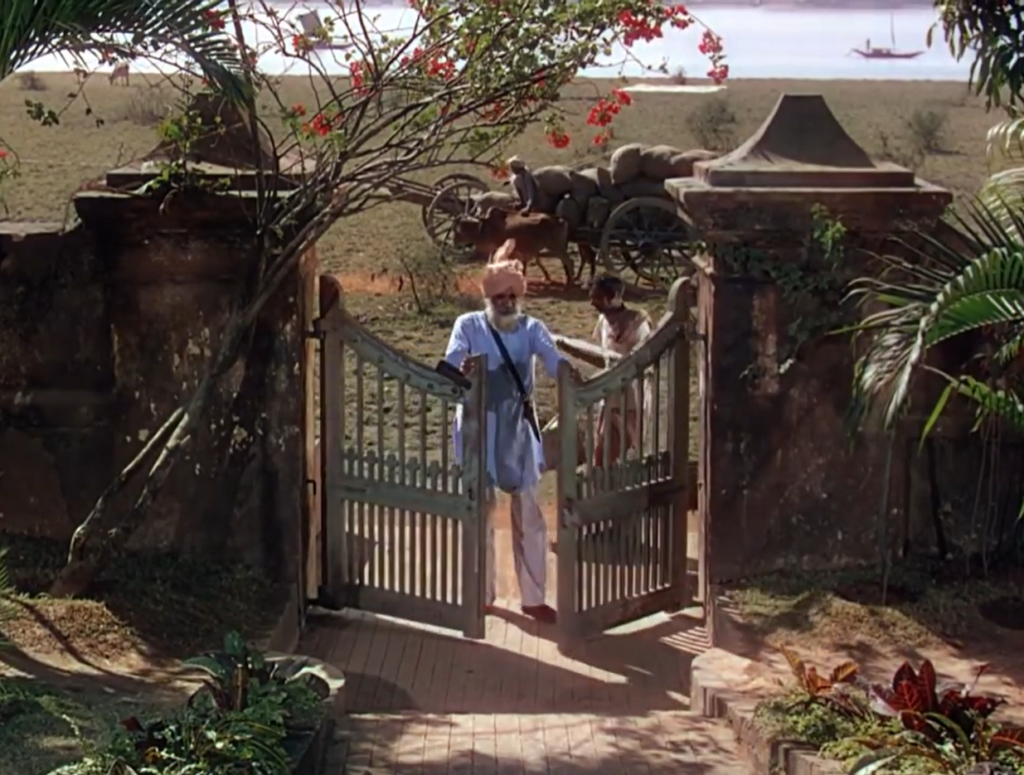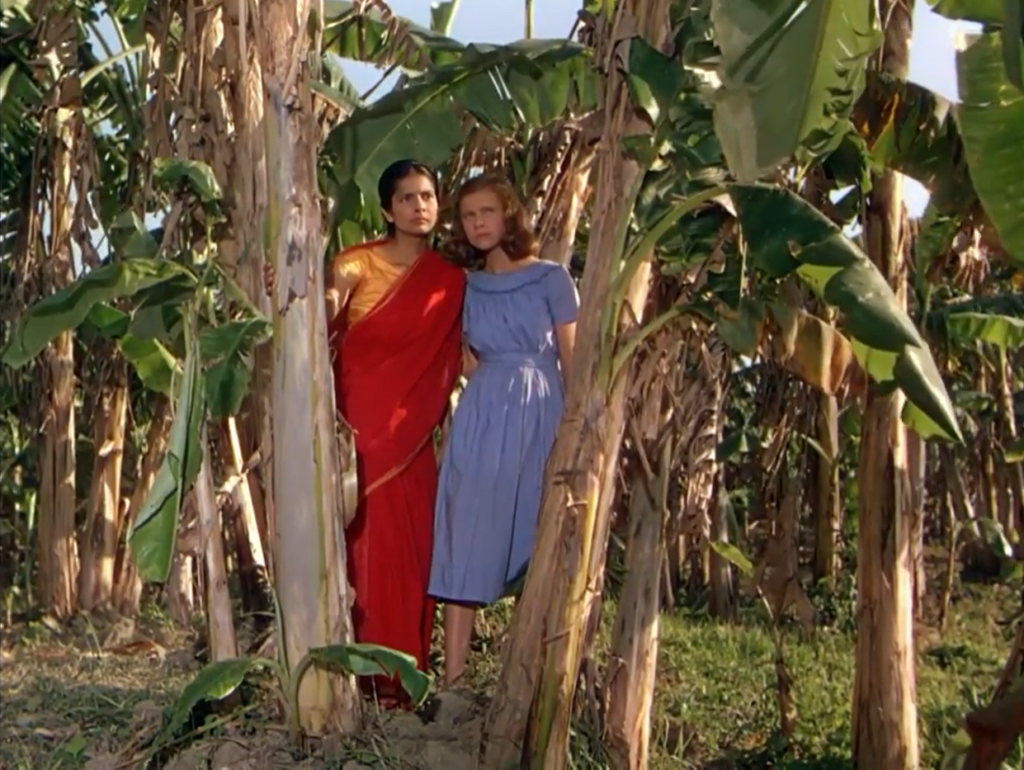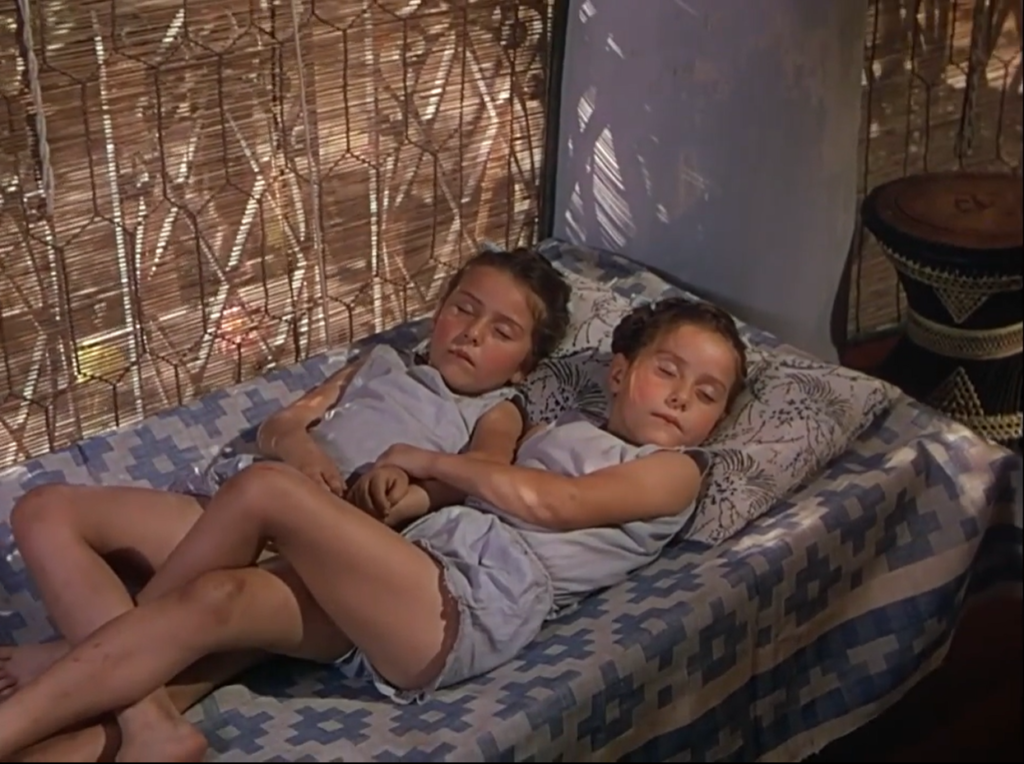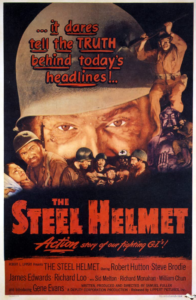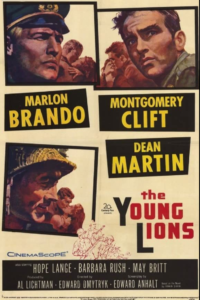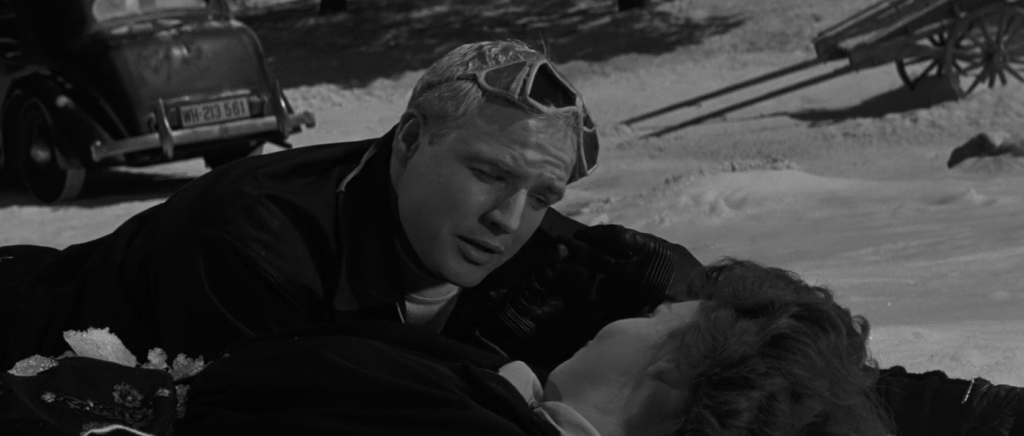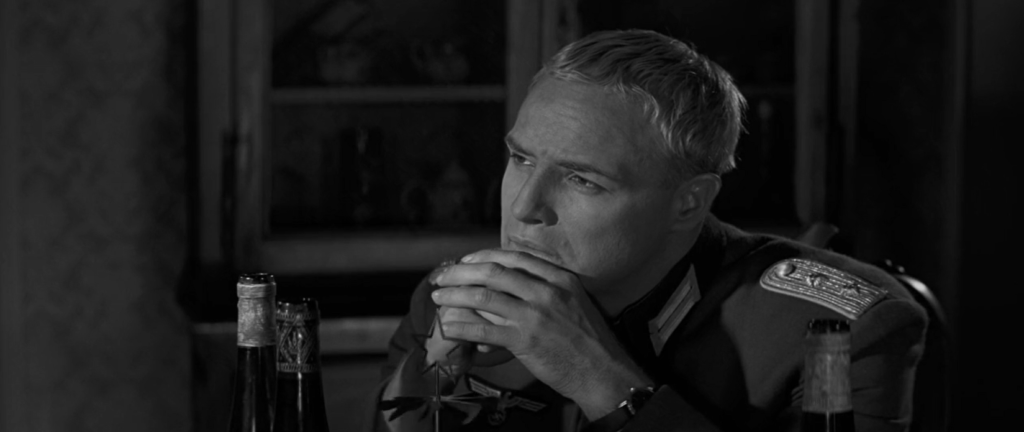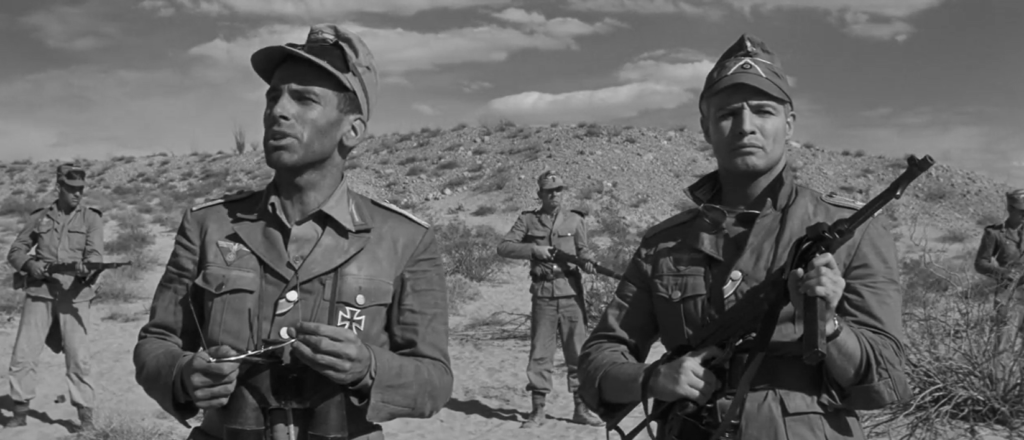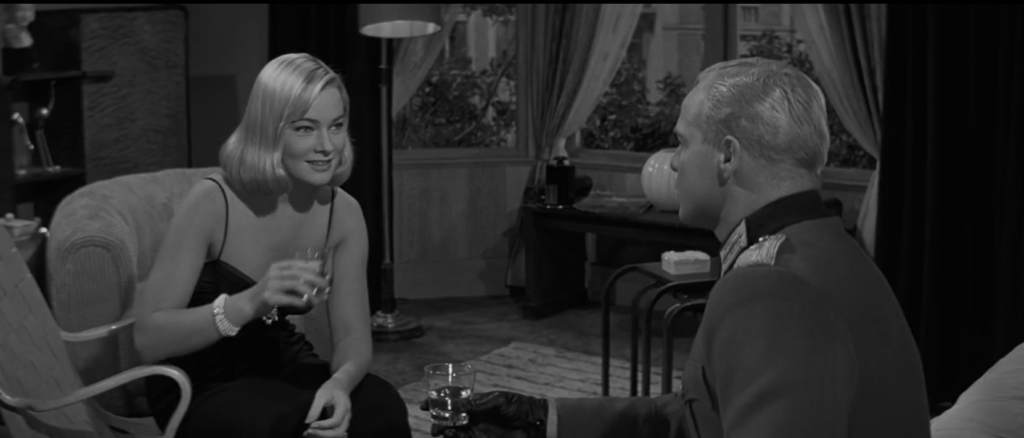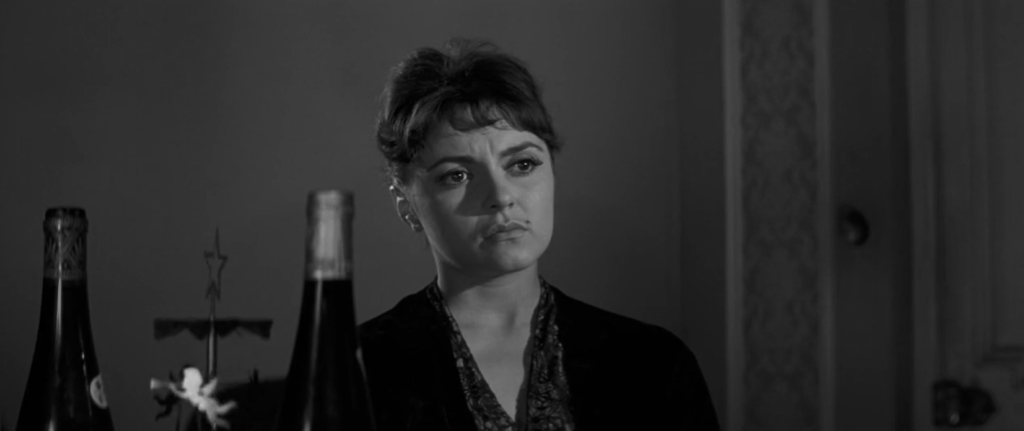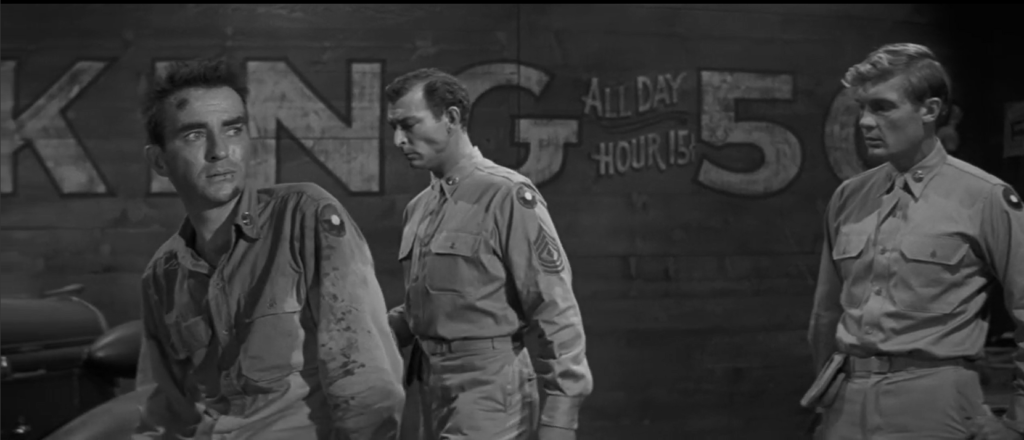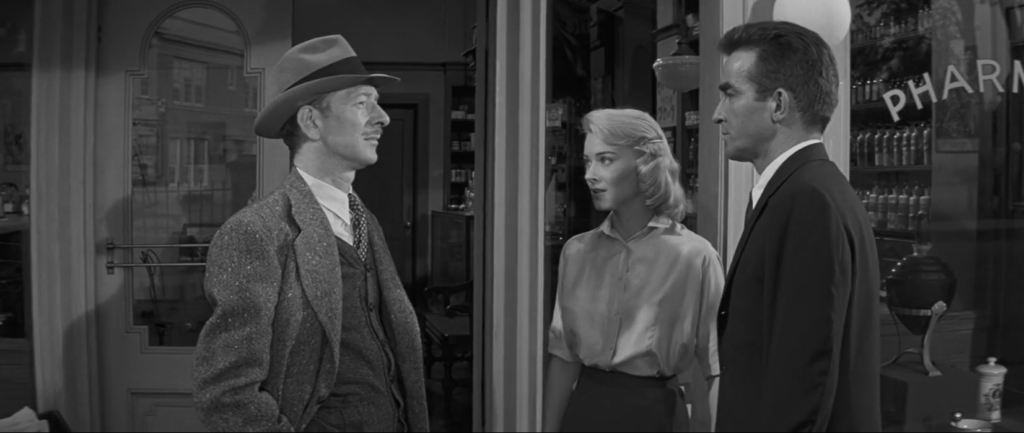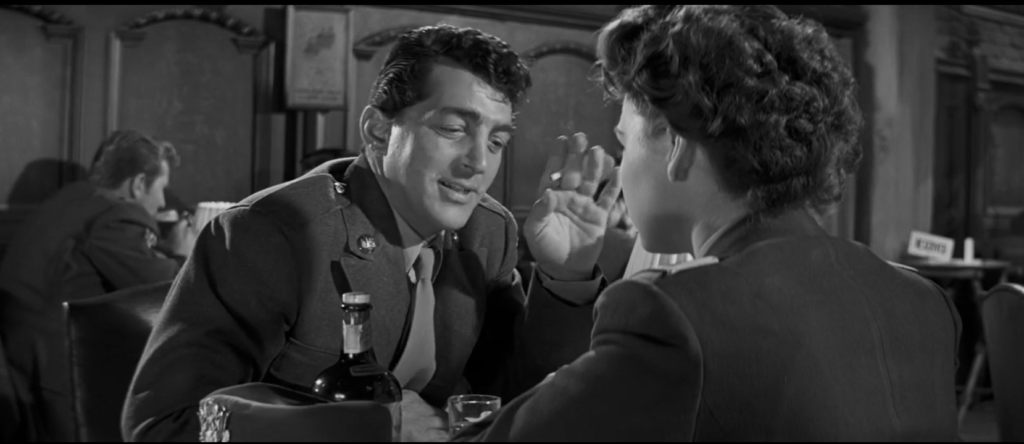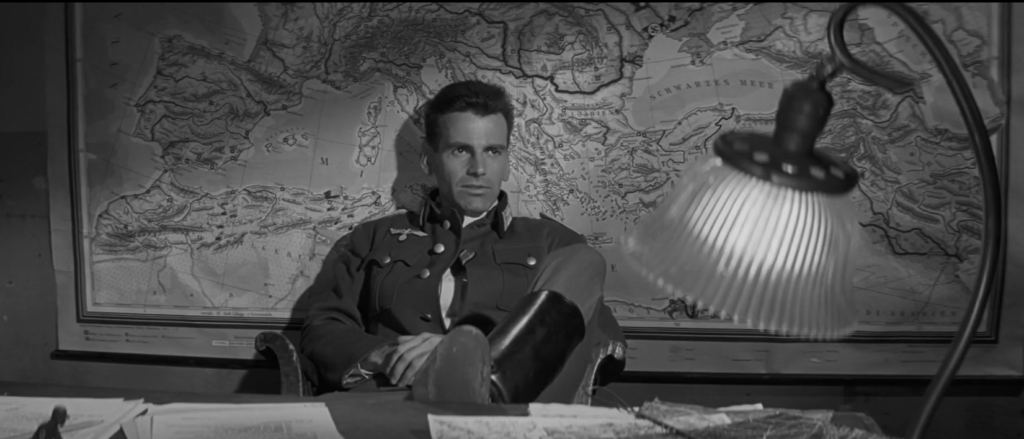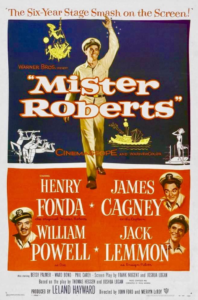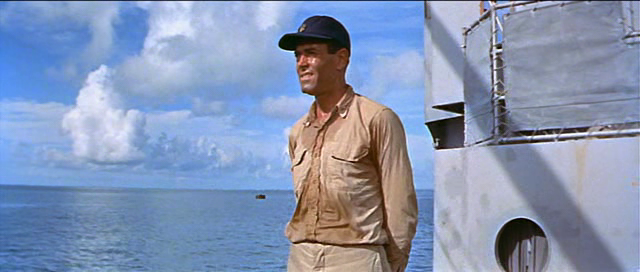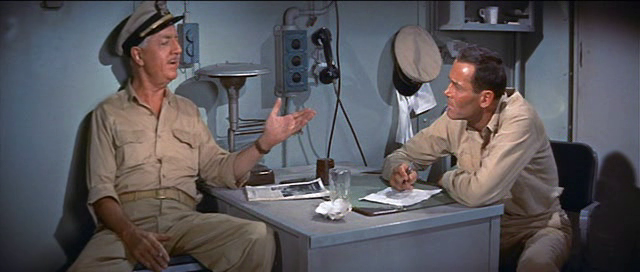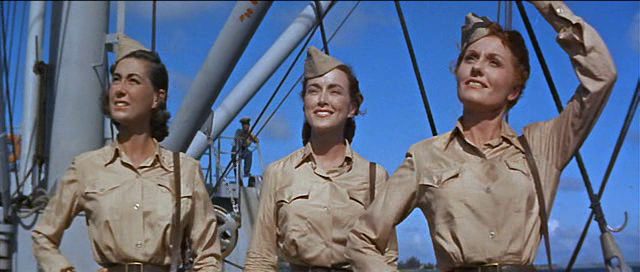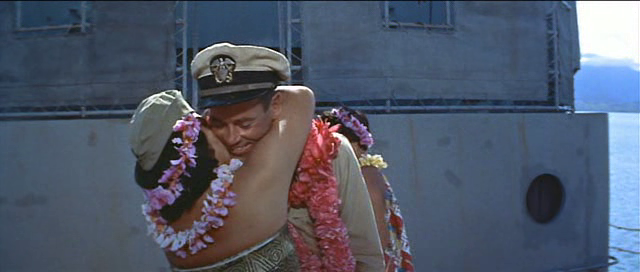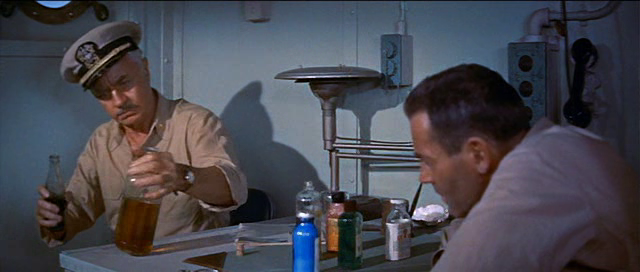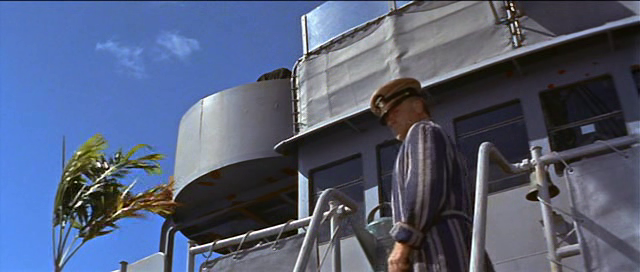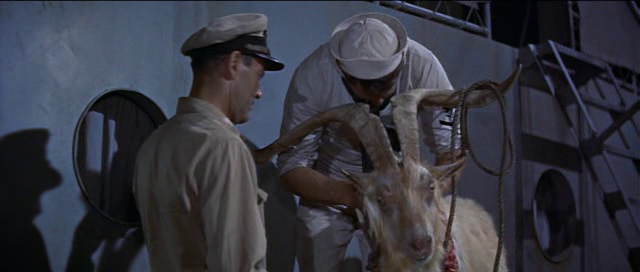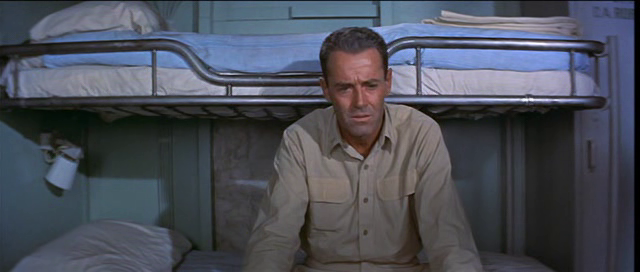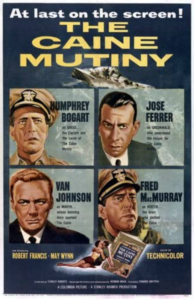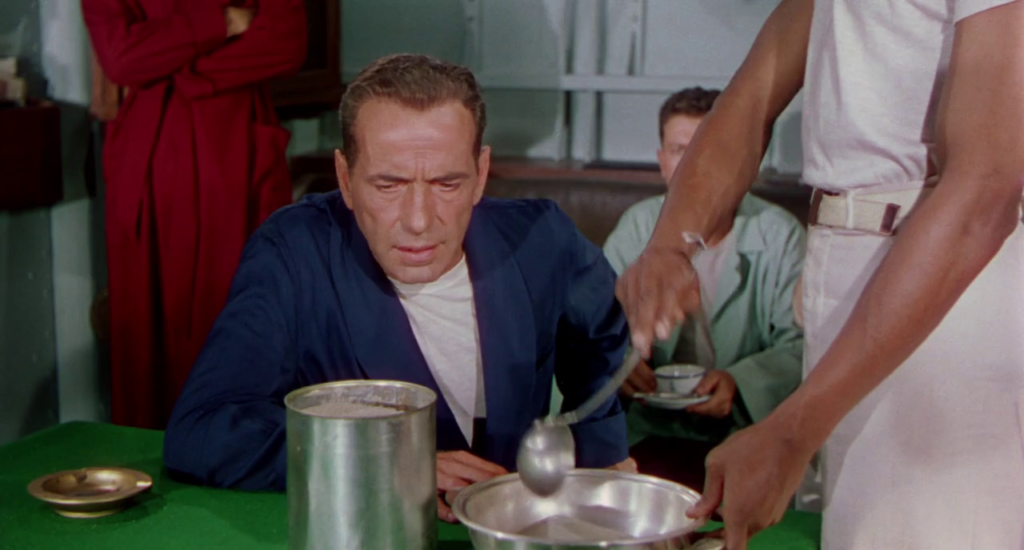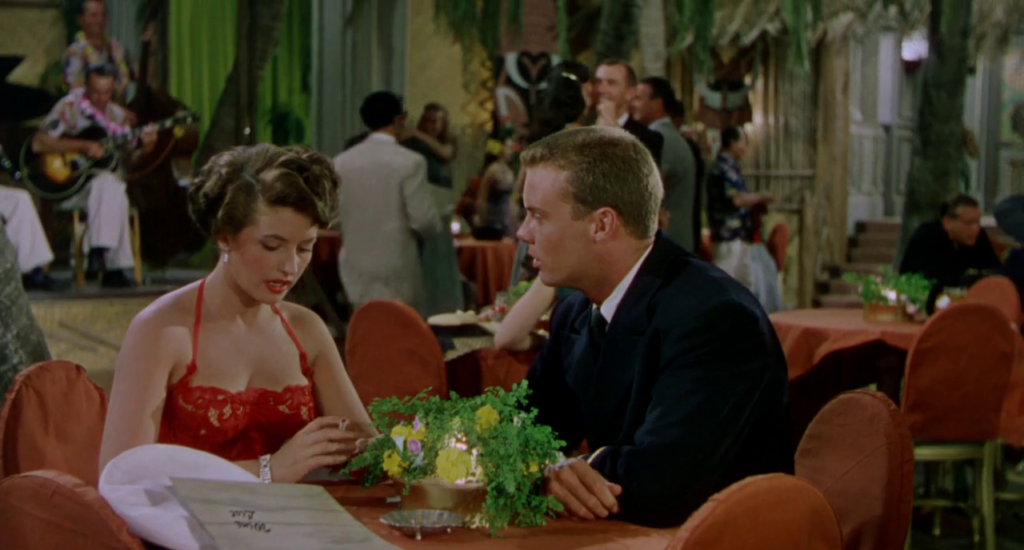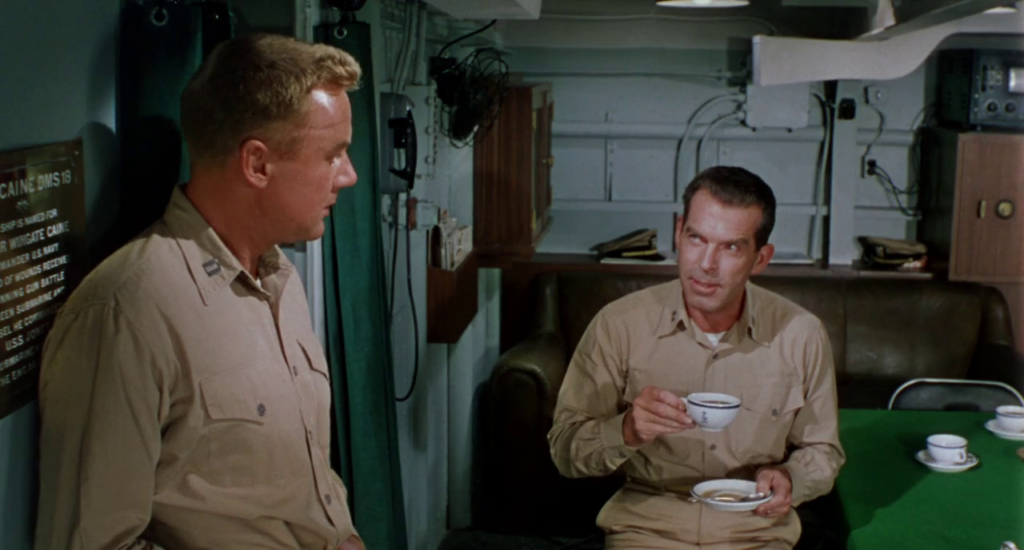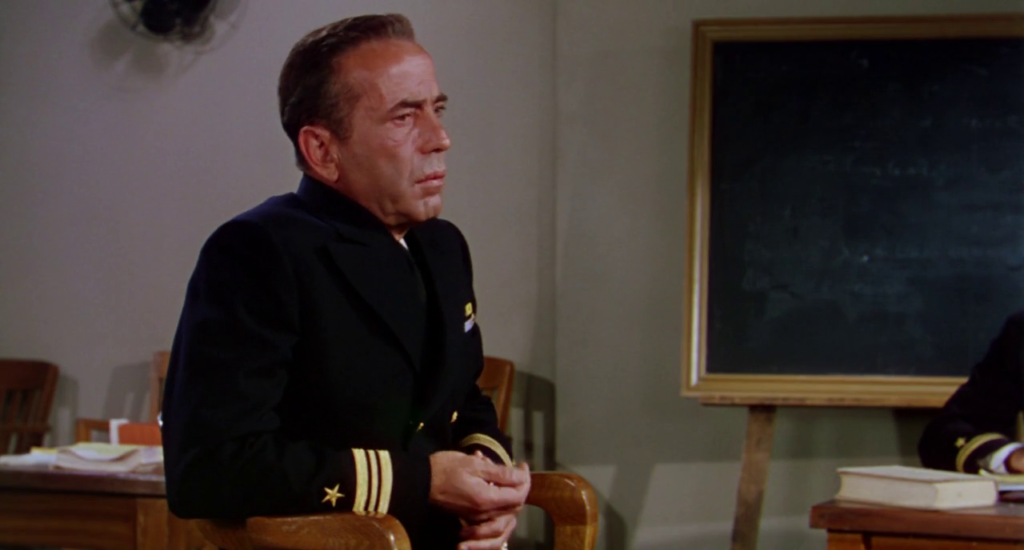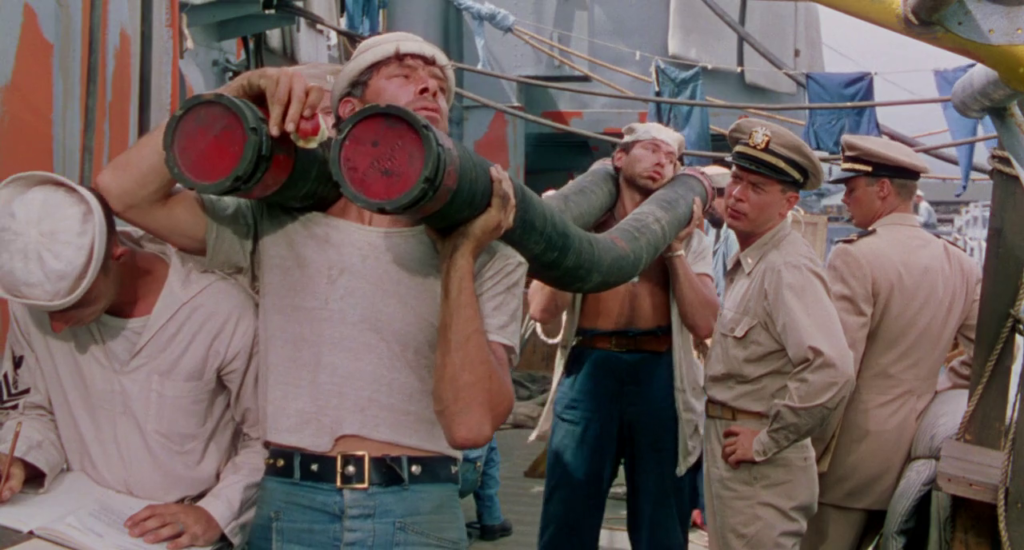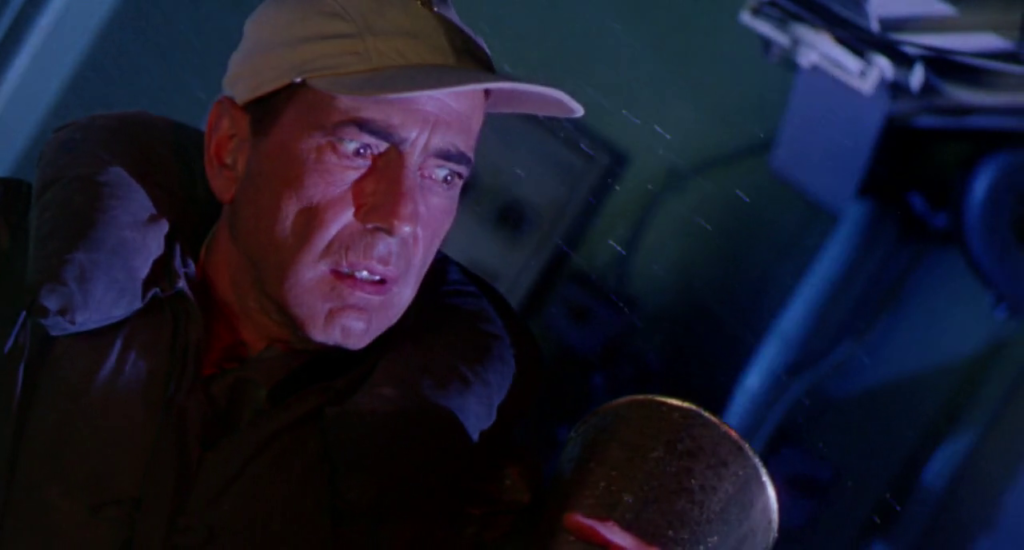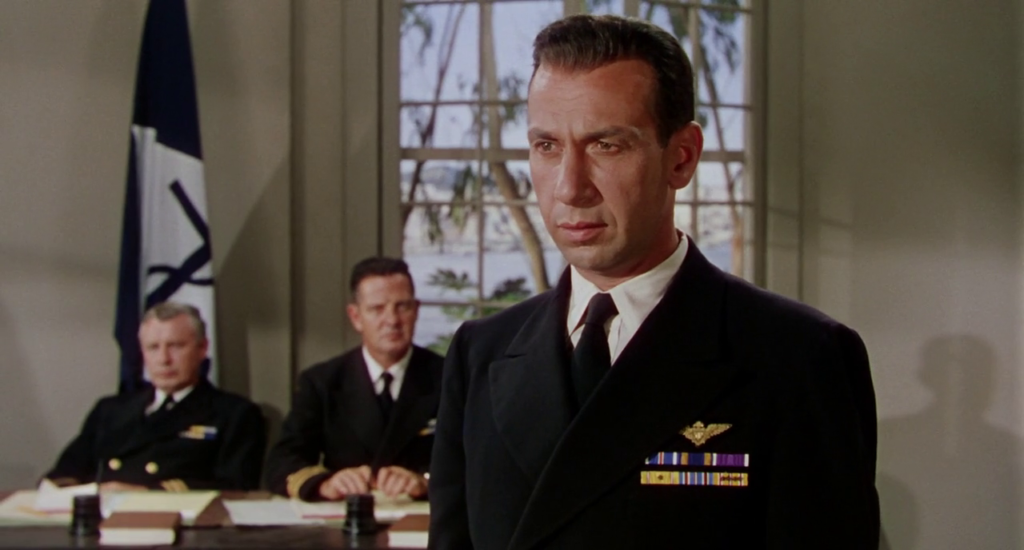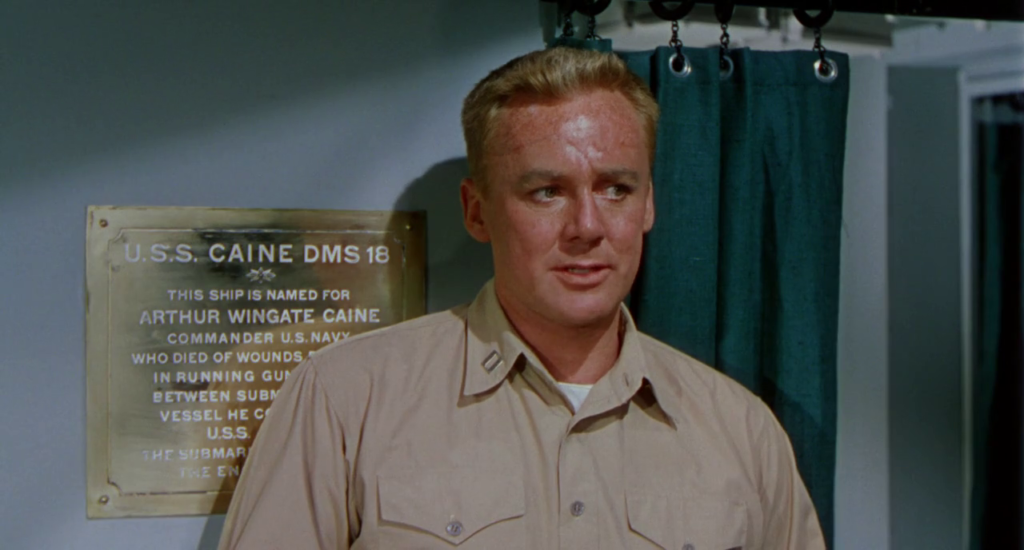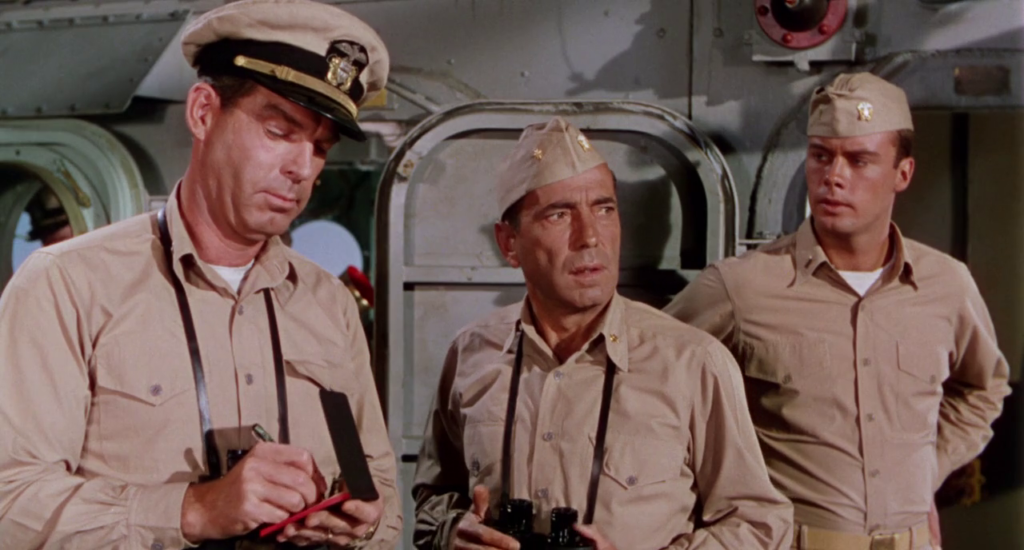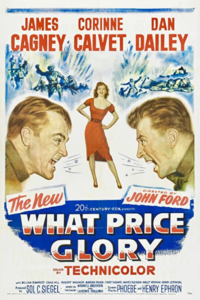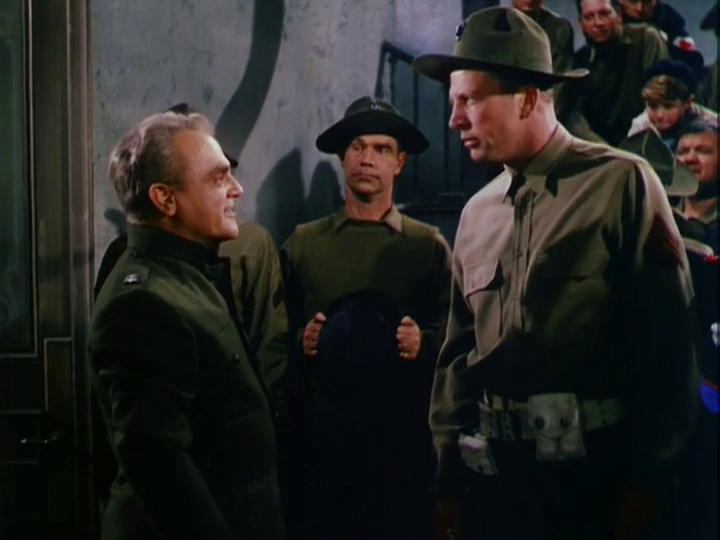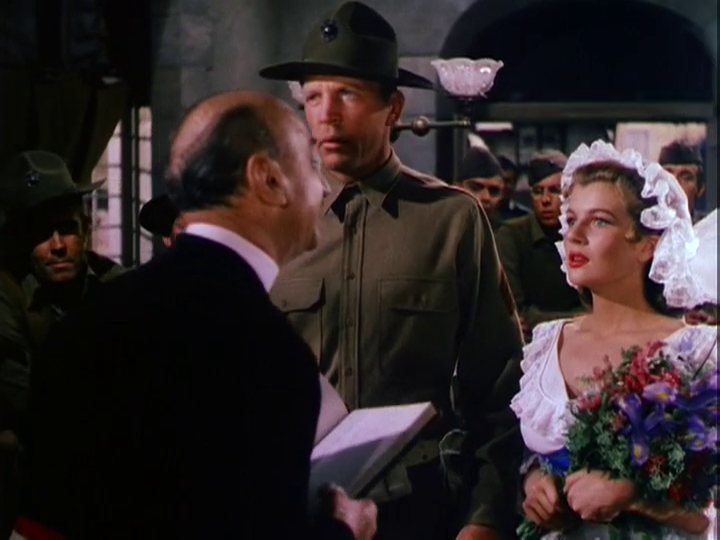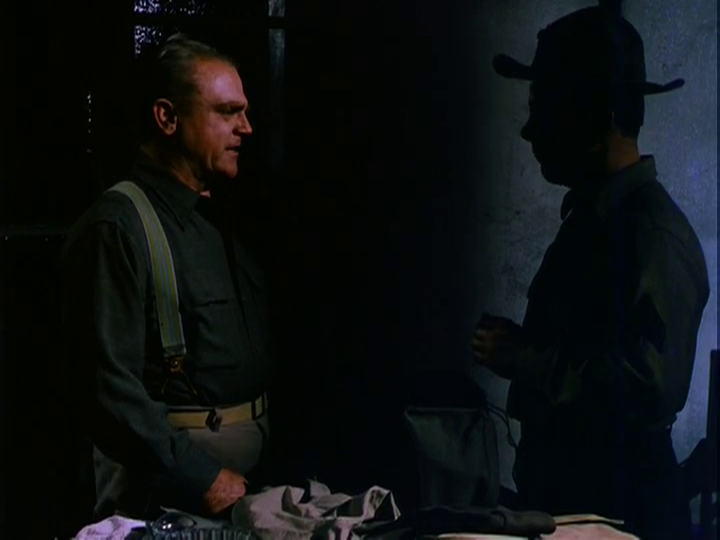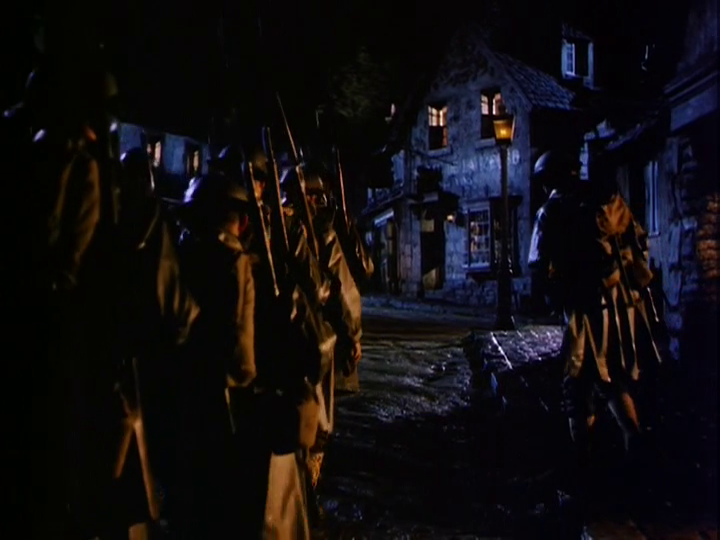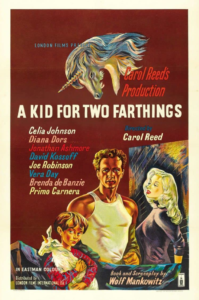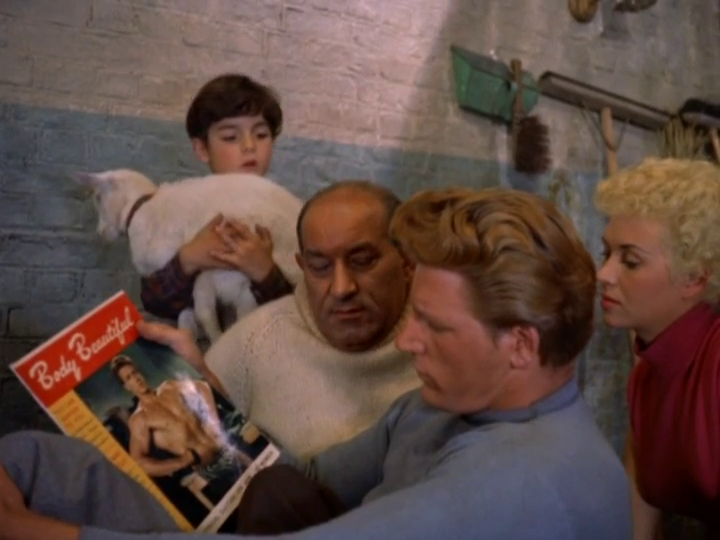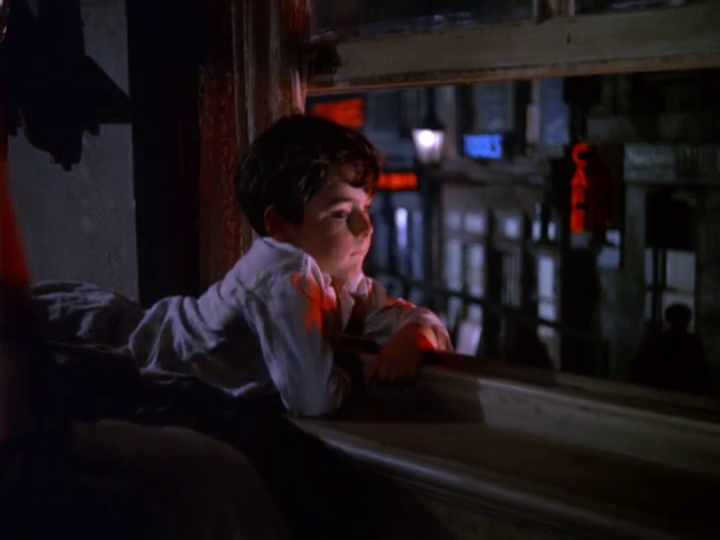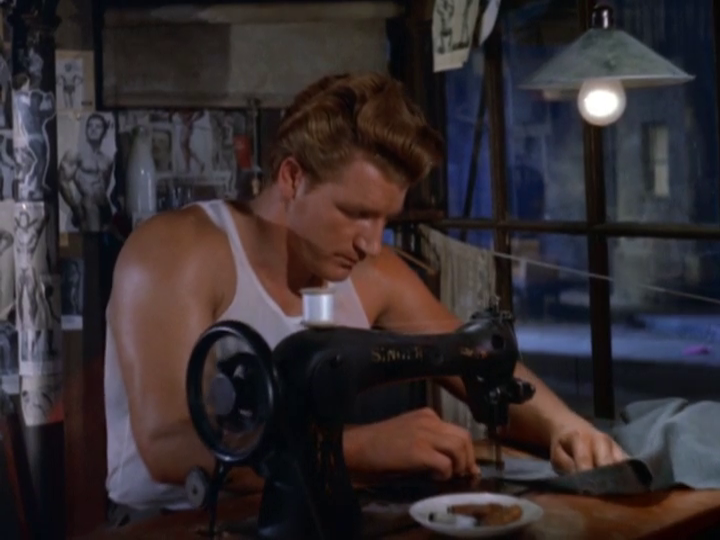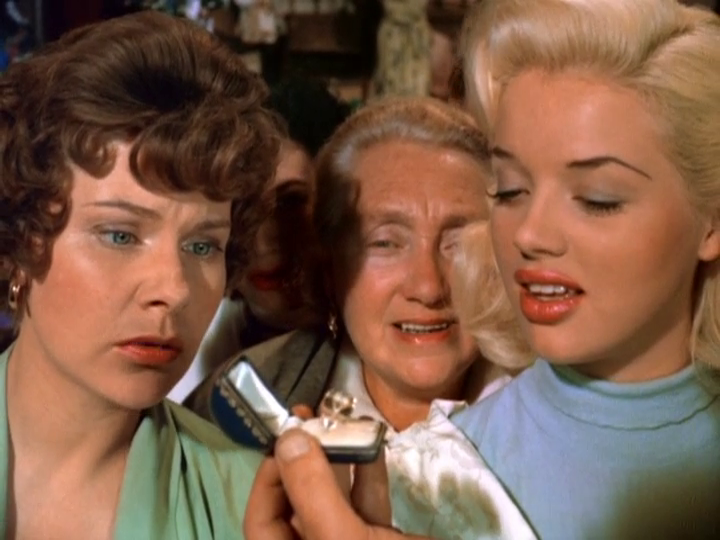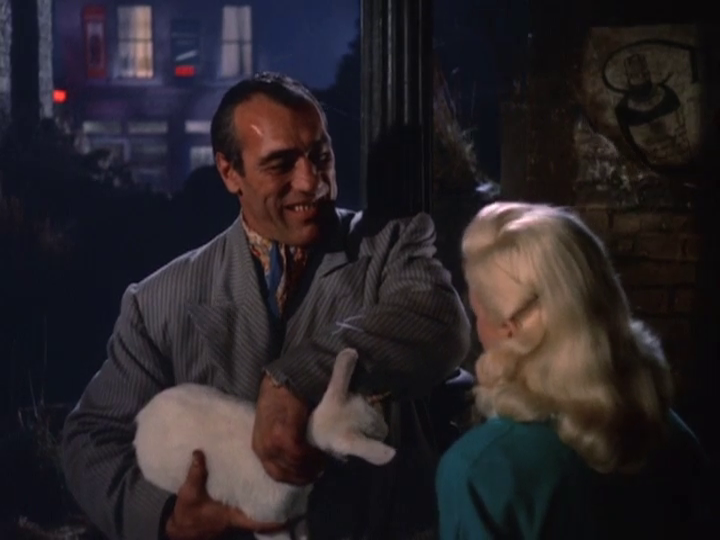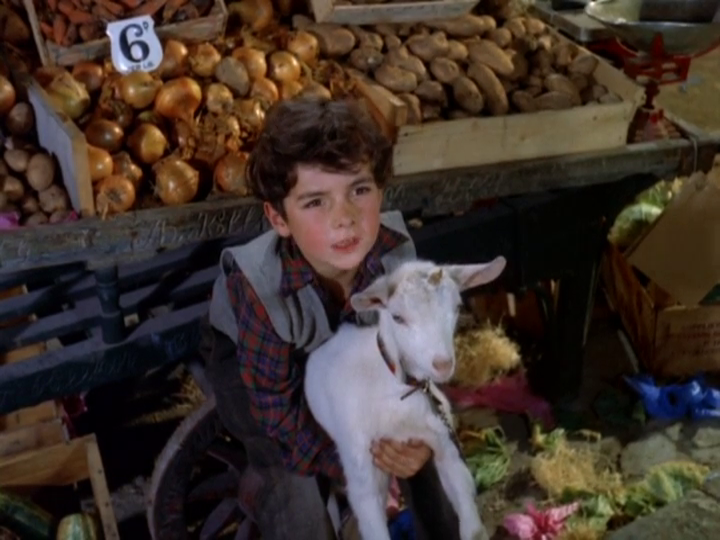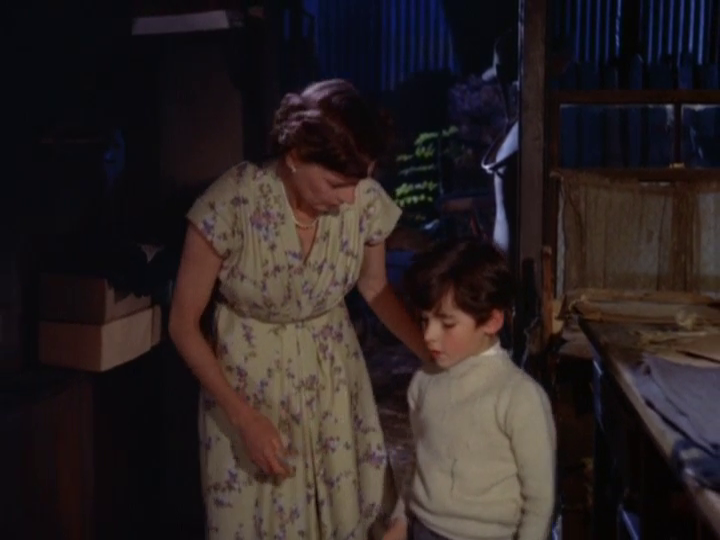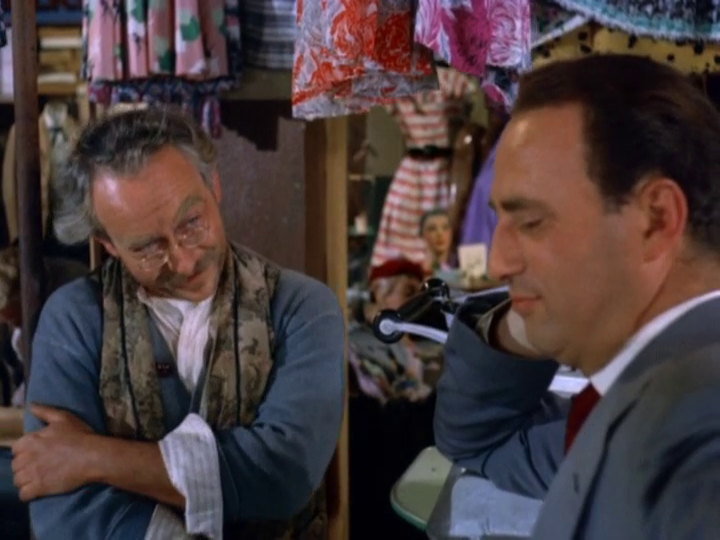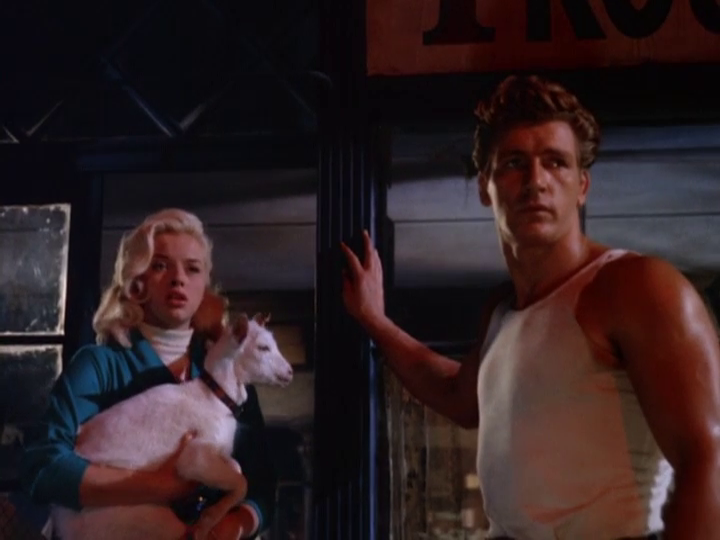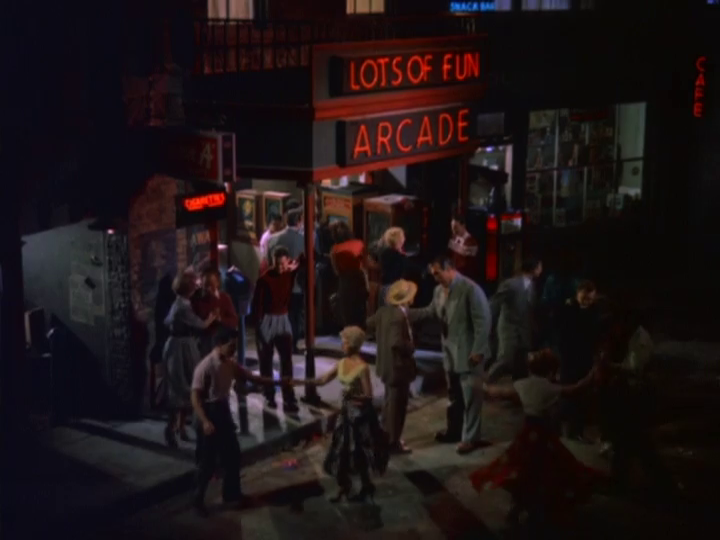|
Genres, Themes, Actors, and Directors:
- Korean War
- Misfits
- Prisoners of War
- Sam Fuller Films
- Soldiers
Response to Peary’s Review:
Peary writes that this “unusual, surprisingly powerful low-budget war film, written and directed by Samuel Fuller” is “about a hard-bitten sergeant (Gene Evans) whose platoon is wiped out but who survives himself because of his helmet” (hence the film’s title).
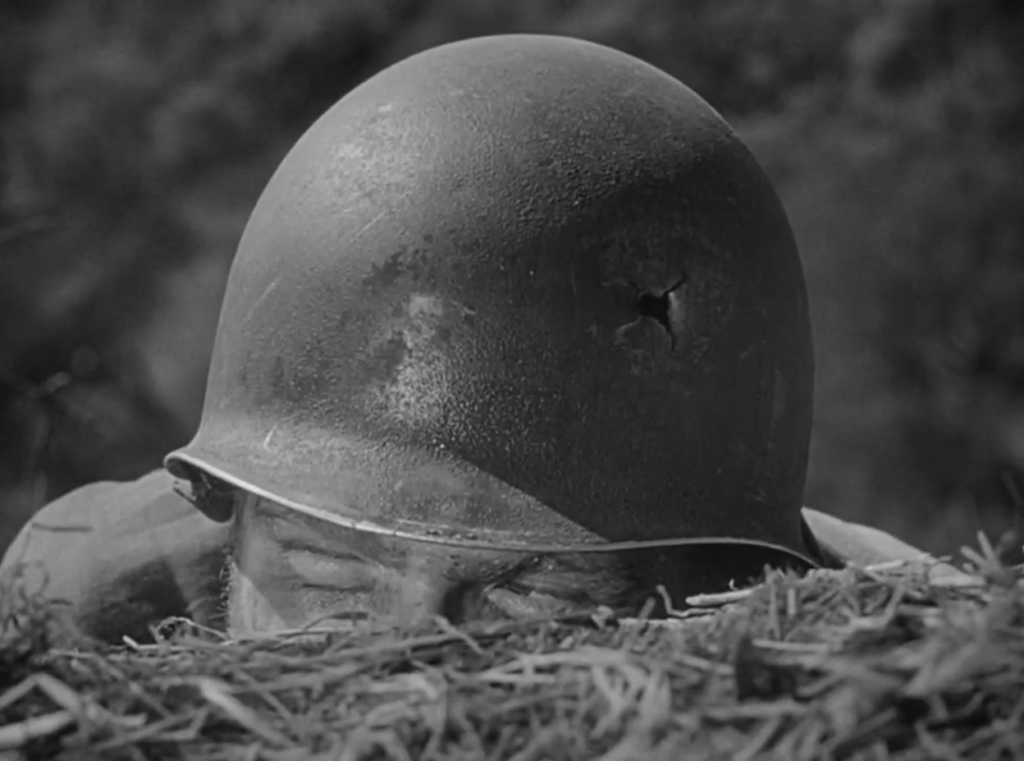
He notes that “Fuller’s unsentimental, deglamorized portrait of war is highly atmospheric, tense” and — despite the extremely low budget — “realistic,” with “the character relationships, particularly those between Evans and Chun and Brodie … intriguing.”
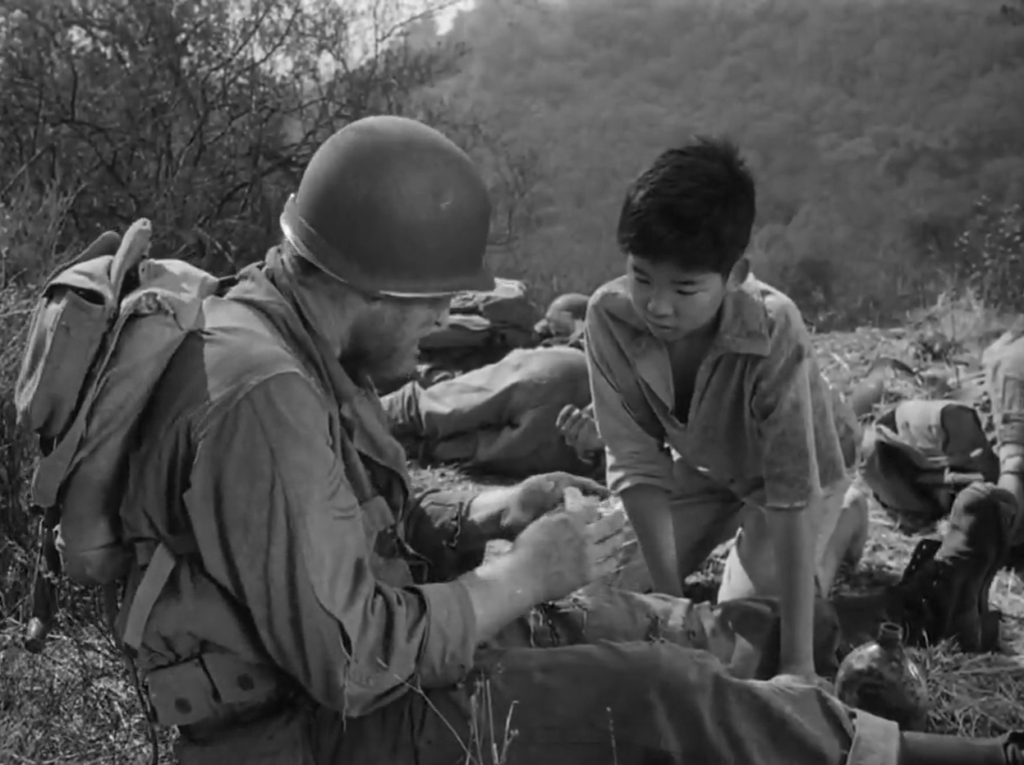
Made in just ten days on a budget of ~$100K, The Steel Helmet — Fuller’s third film, after I Shot Jesse James (1949) and The Baron of Arizona (1950) — was loosely based on journal entries made during his own time as a soldier. Fuller’s inclusion of a multi-ethnic cast allows him to touch upon topics otherwise undiscussed in Hollywood films at the time — such as Loo’s family being imprisoned in an internment camp during World War II, despite his own active involvement in the segregated Japanese-American 442nd Regimental Combat Team. “We have the same kind of eyes,” the North Korean soldier — known as The Red — goads him.

Meanwhile, Edwards’ Cpt. Thompson — trained as a surgeon — must take subtle and not-so-subtle racist jabs at every turn.
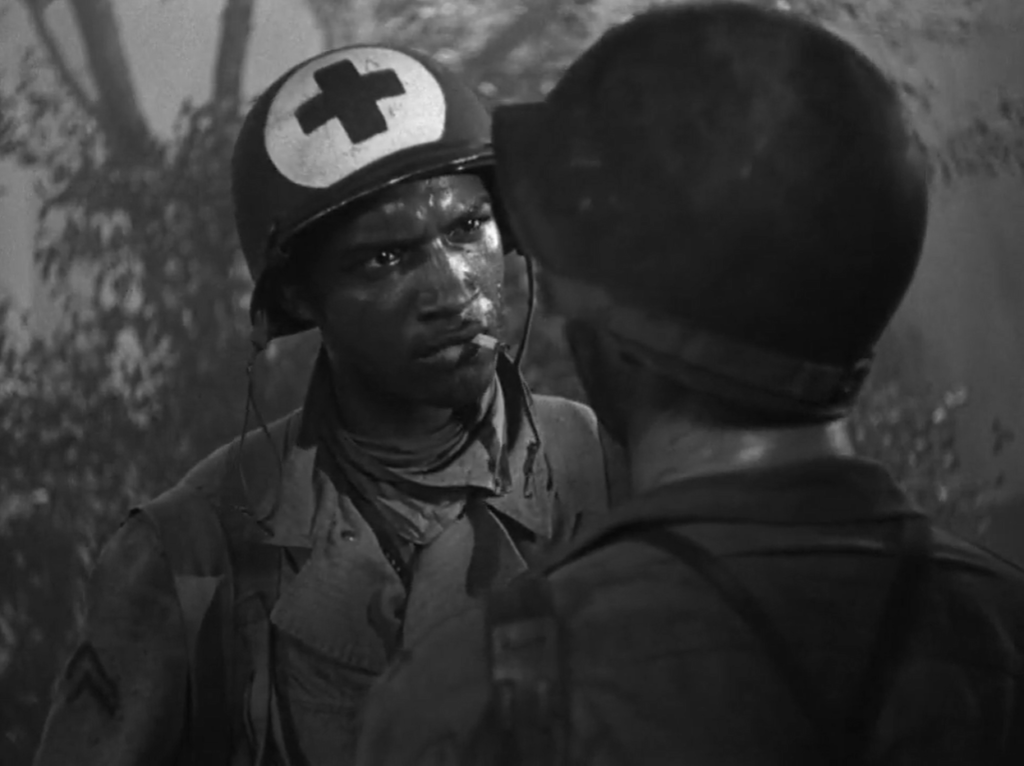
While chatting with Evans about his stint volunteering for a rifle outfit during WWII, for instance, Evans bluntly responds, “Yeah, that was to prove you guys could shoot besides drive trucks. I remember.” (Blacks were primarily relegated to logistics positions in the war.) When Edwards tells Evans he went back to school after WWII on the G.I. bill to study surgery, surly Evans retorts with: “Where? In a butcher shop?” Edwards seems to simply put up with such comments, though later we’re privy to some of his reasoning:
The Red: I just don’t understand you. You can’t eat with them unless there’s a war. Even then, it’s difficult. Isn’t that so?
Cpl. Thompson: That’s right.
The Red: You pay for a ticket, but you even have to sit in the back of a public bus. Isn’t that so?
Cpl. Thompson: That’s right. A hundred years ago, I couldn’t even ride a bus. At least now I can sit in the back. Maybe in fifty years, sit in the middle. Someday even up front. There’s some things you just can’t rush.
Fuller makes excellent use of sparse, fog-shrouded sets:
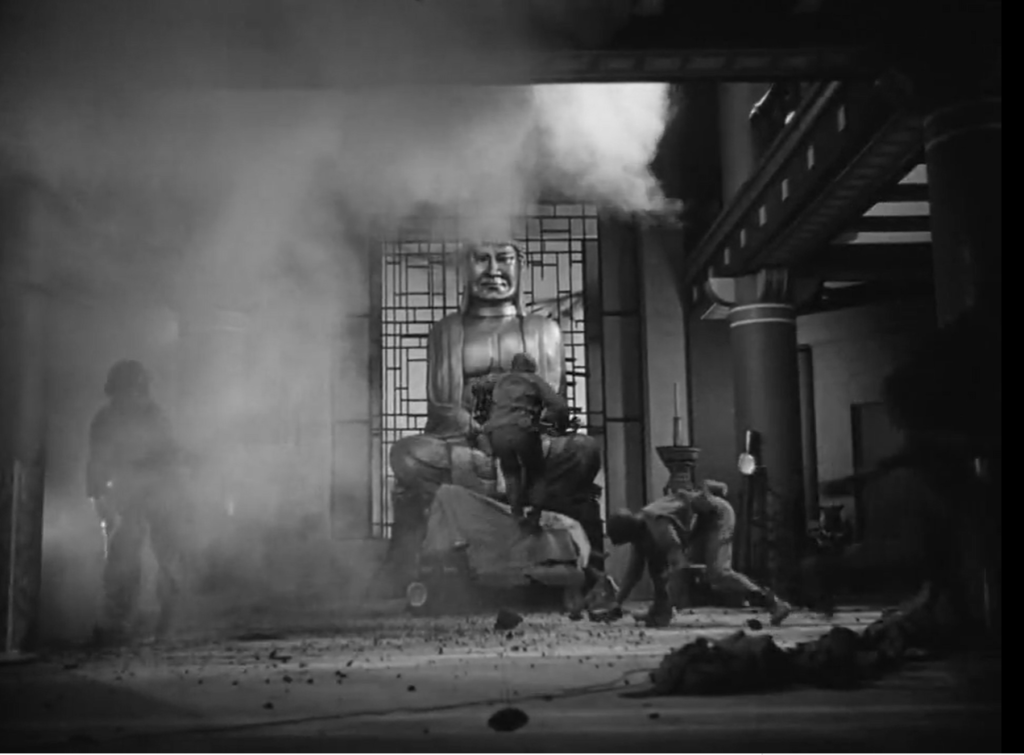
… and his pulpy script is filled with zingy lines (most mouthed by Evans):
“When my face gets tired, I sit down.”
“Nobody knows where we are except the enemy.”
“You got nothin’ out there but rice paddies crawlin’ with commies just waitin’ to slap you between two big hunks of rye bread and wash you down with fish eggs and vodka.”
This indie classic remains a tense and gritty portrayal of the inherent insanity of war (and racism), and is worthy of multiple viewings.
Notable Performances, Qualities, and Moments:
- Gene Evans as Sgt. Zack

- Fine supporting performances by the diverse and eclectic cast
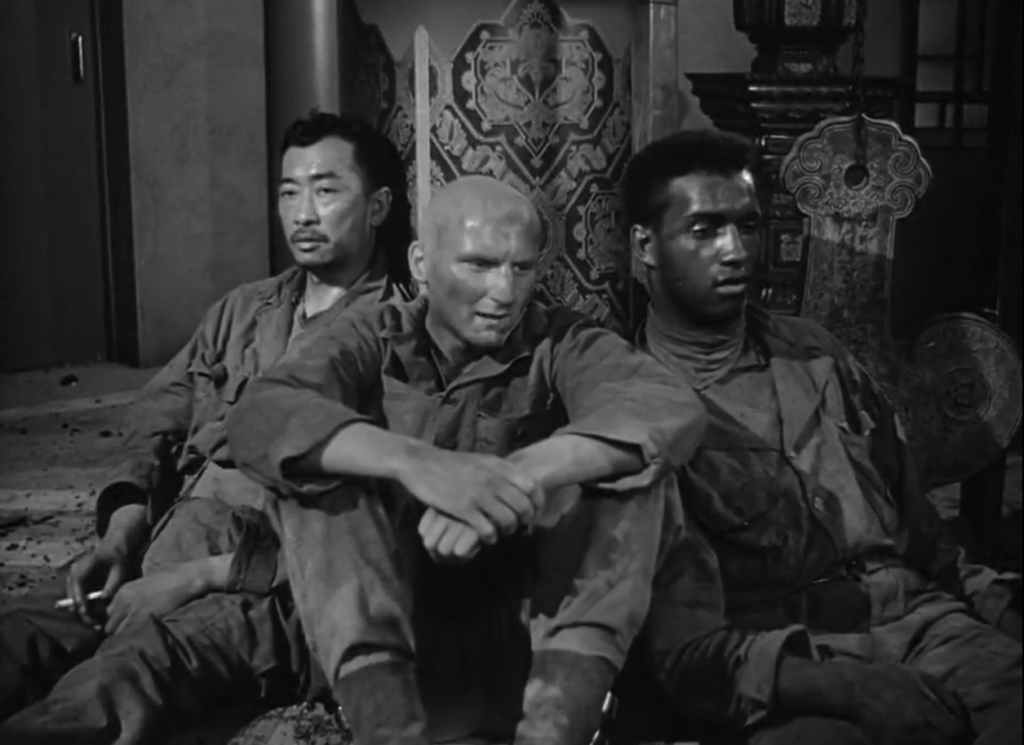
- Good use of low-budget locales and sets
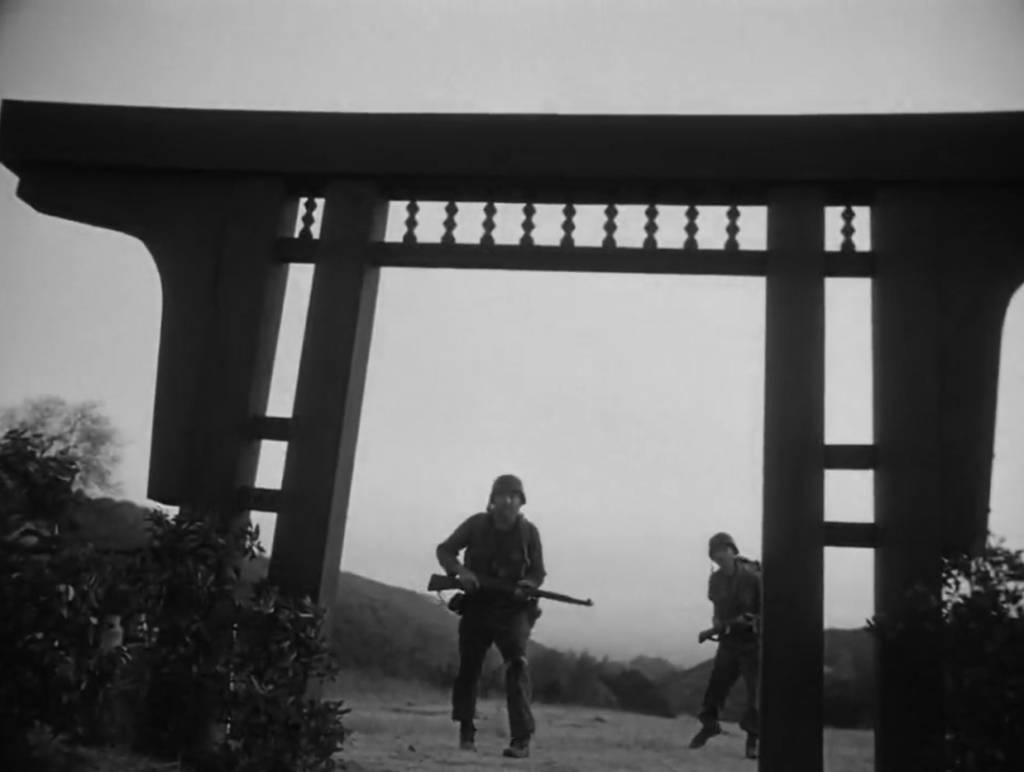
- Ernest Miller’s cinematography
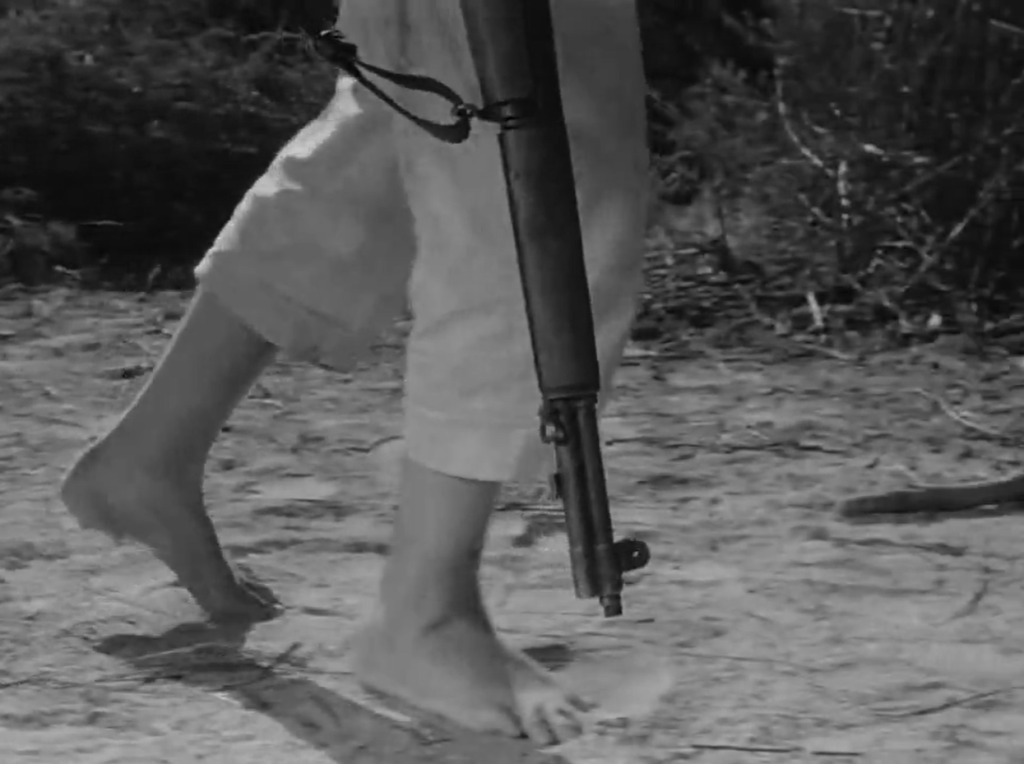
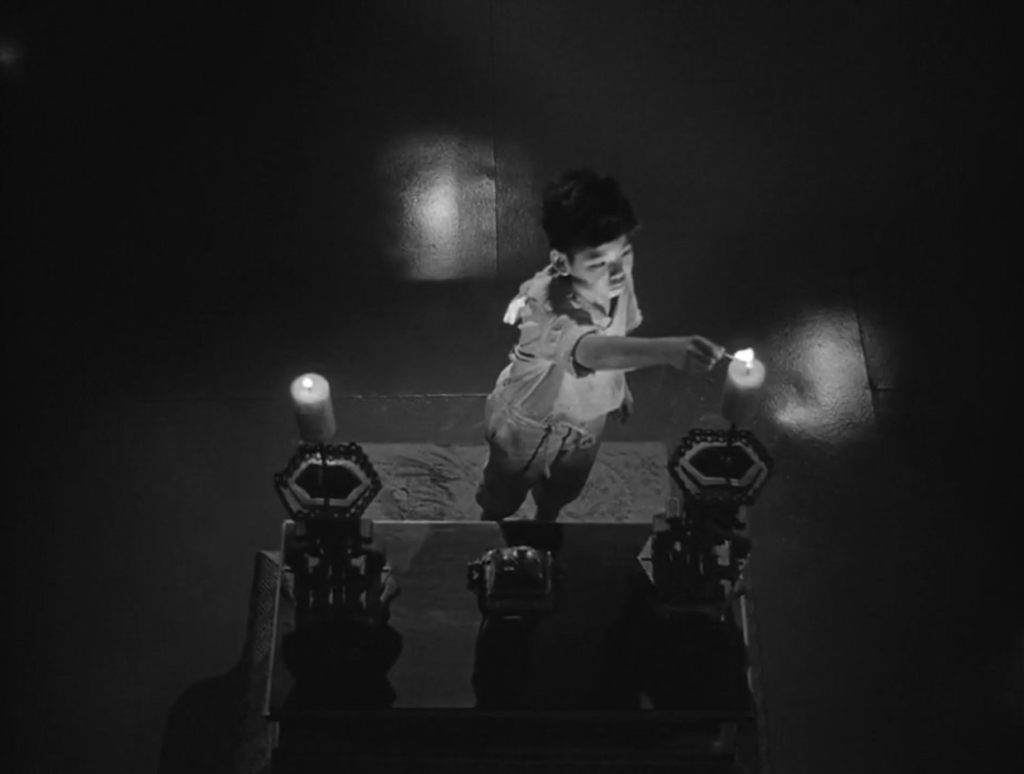
Must See?
Yes, as an indie classic.
Categories
- Genuine Classic
- Important Director
Links:
|
